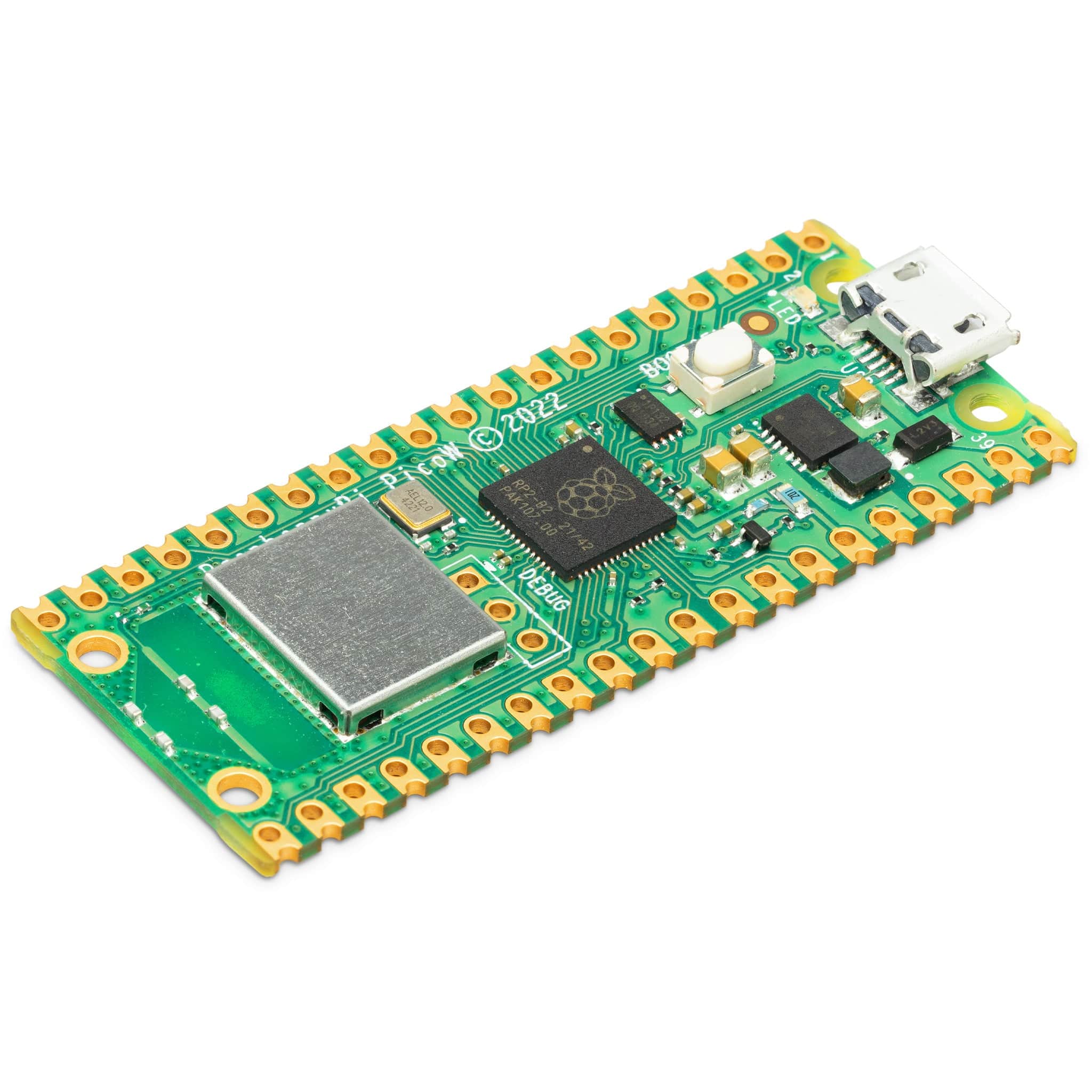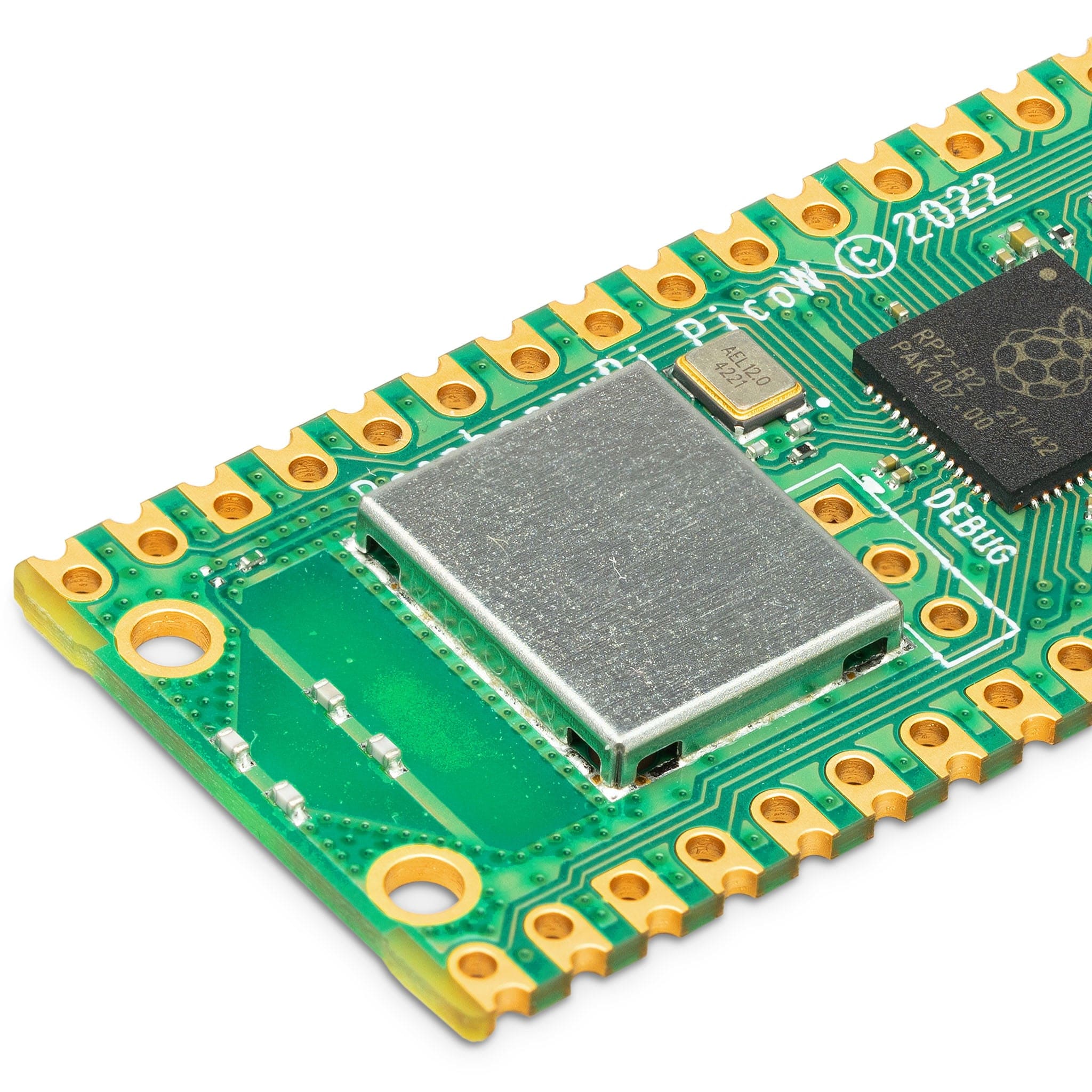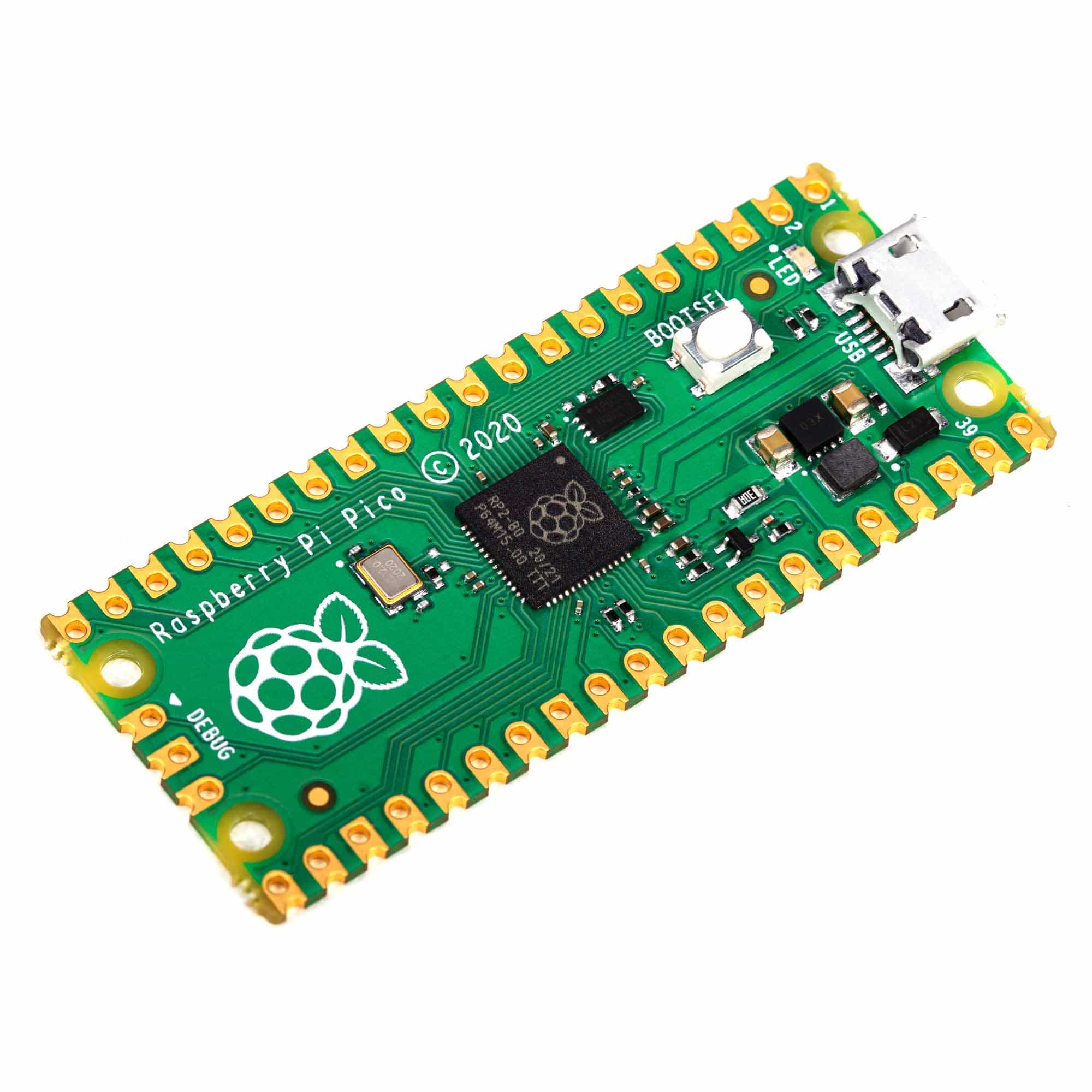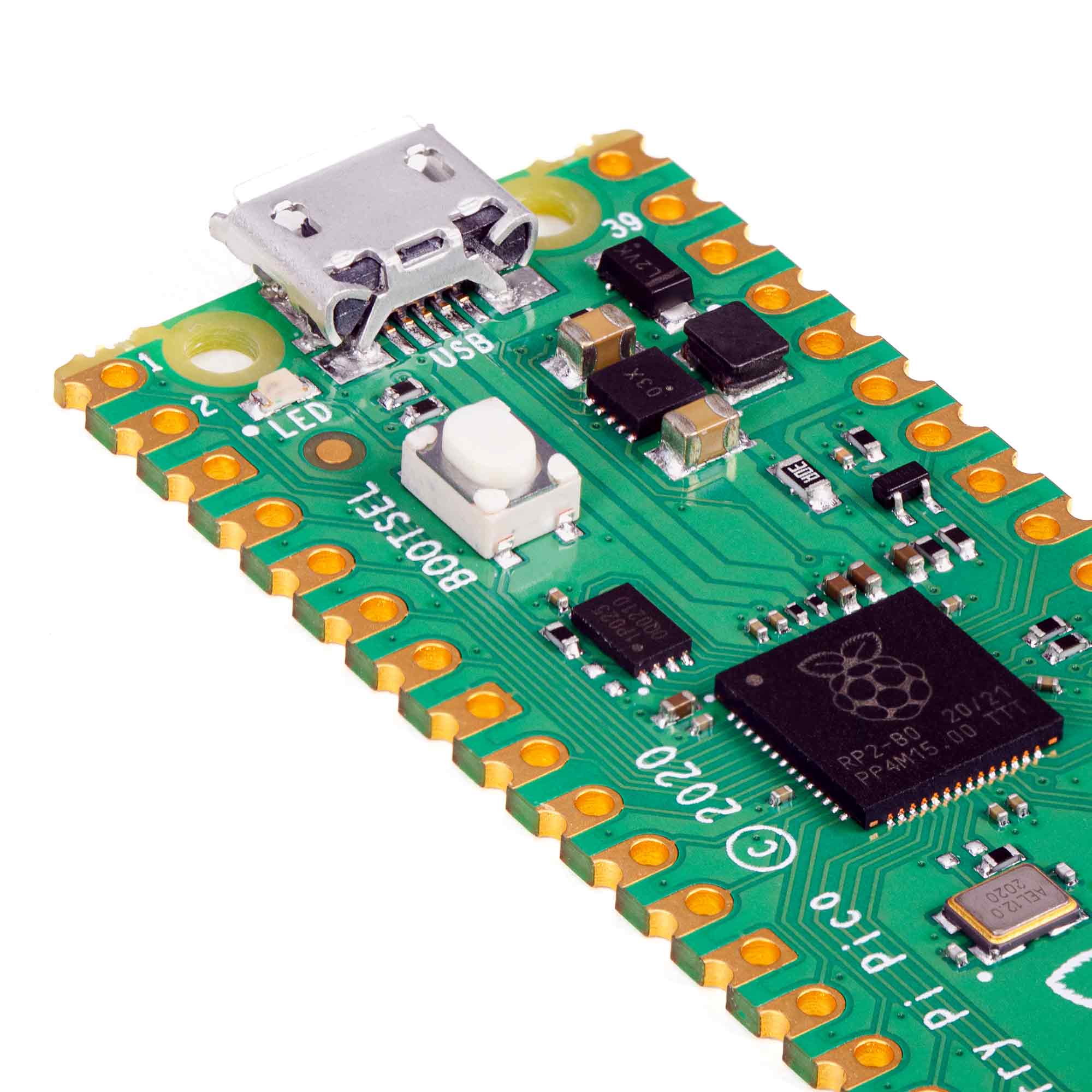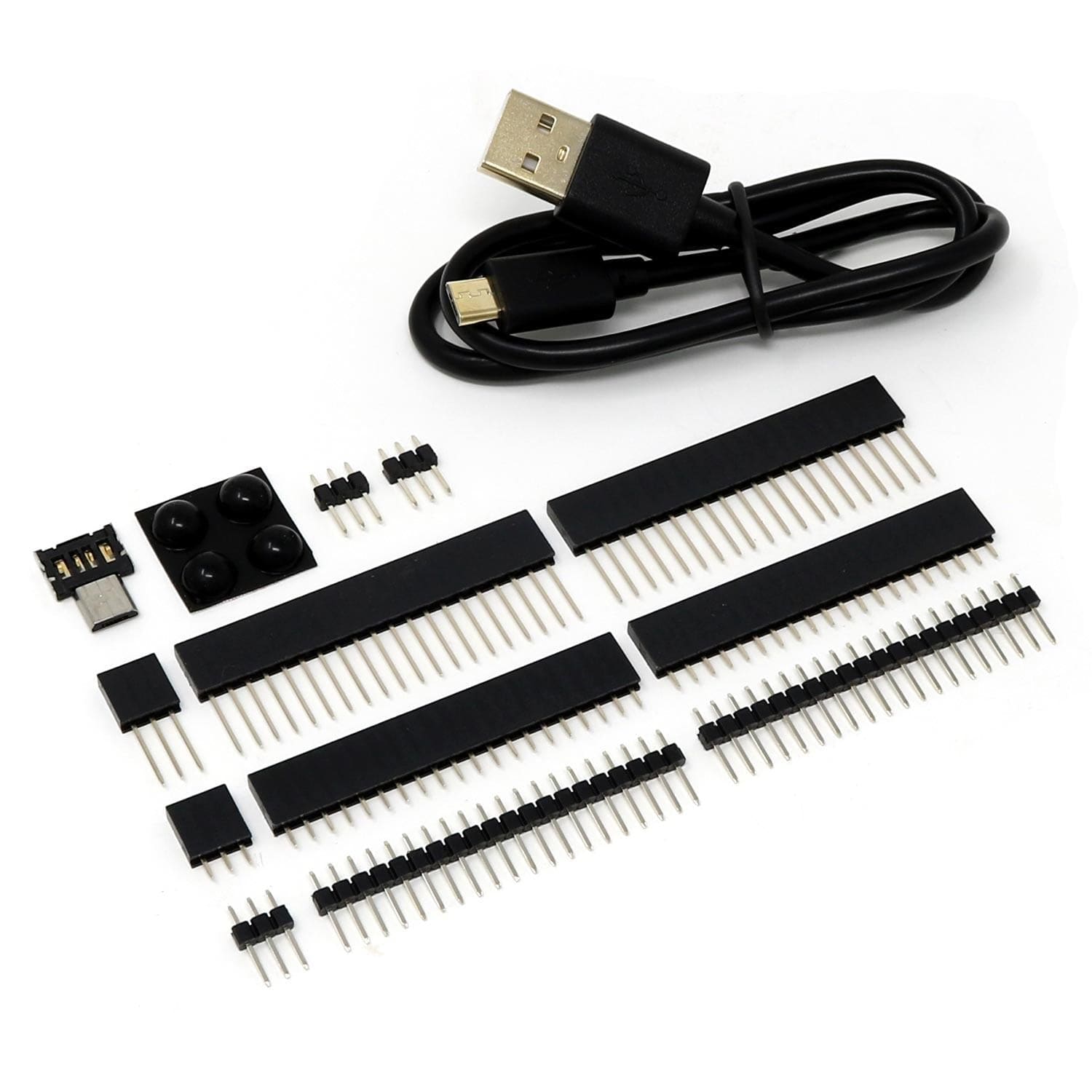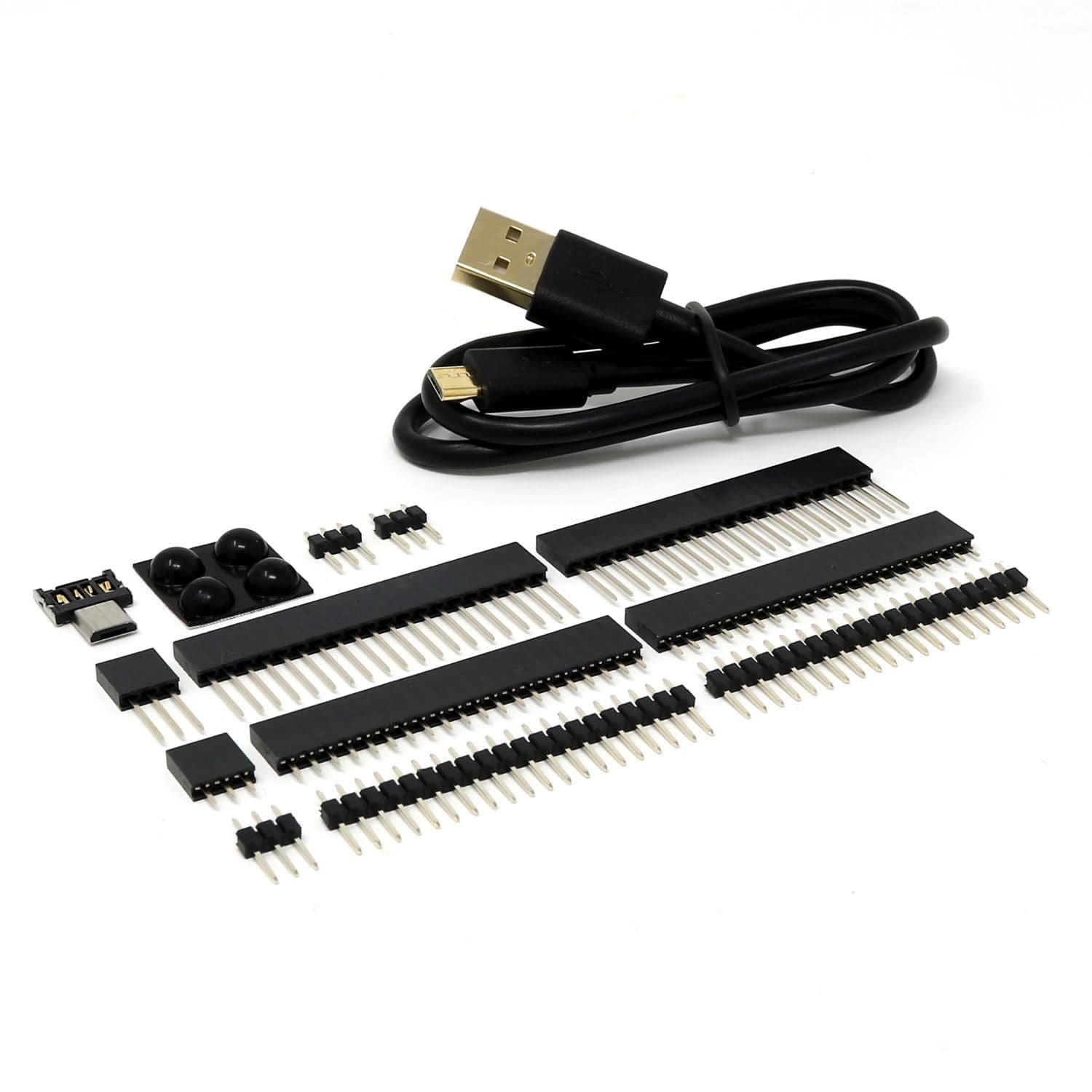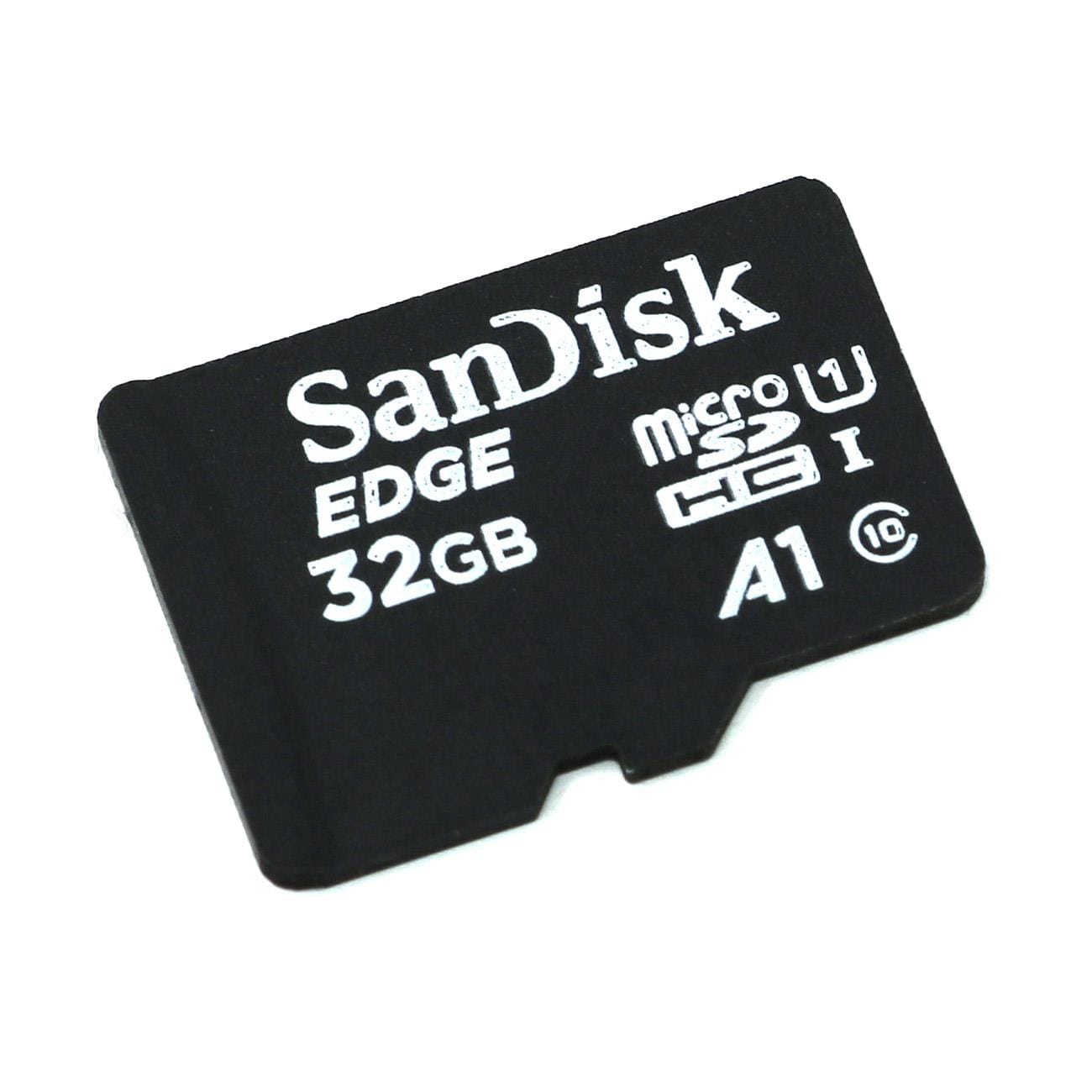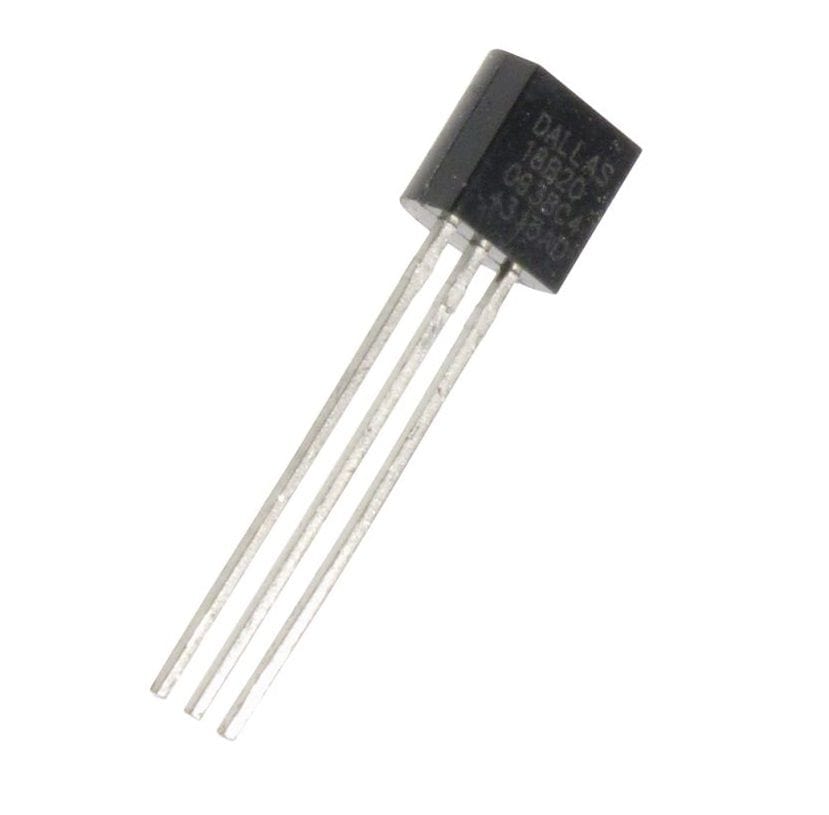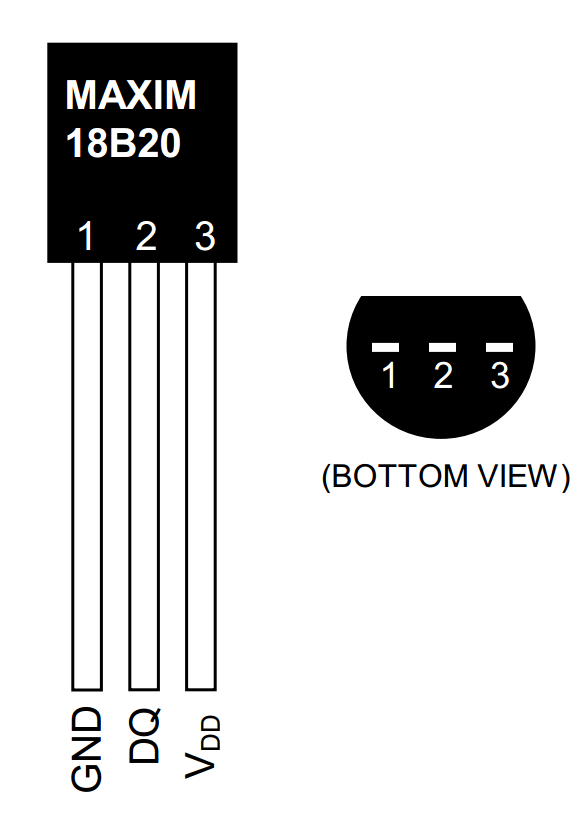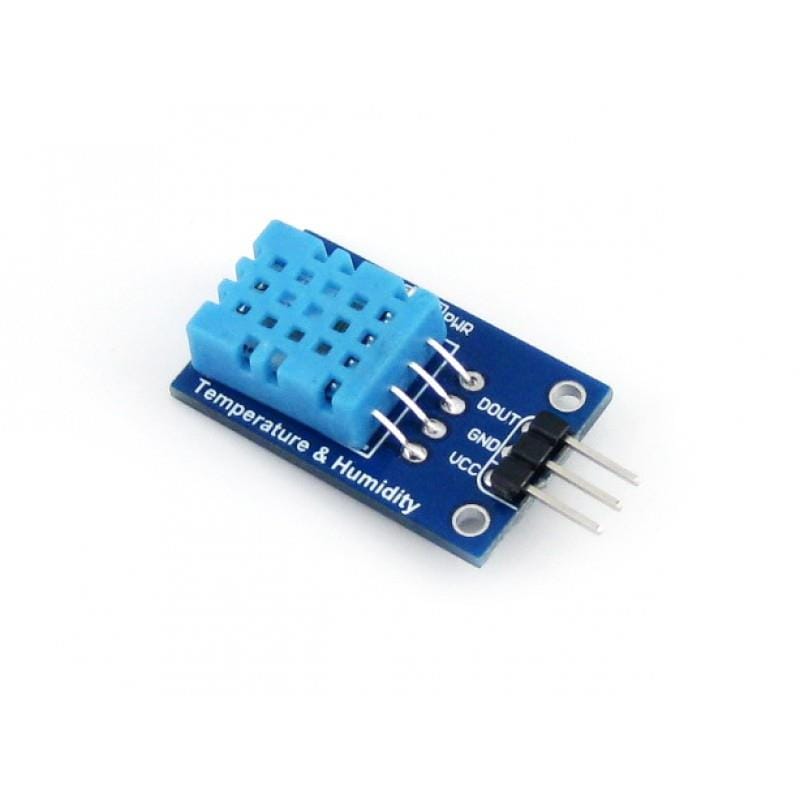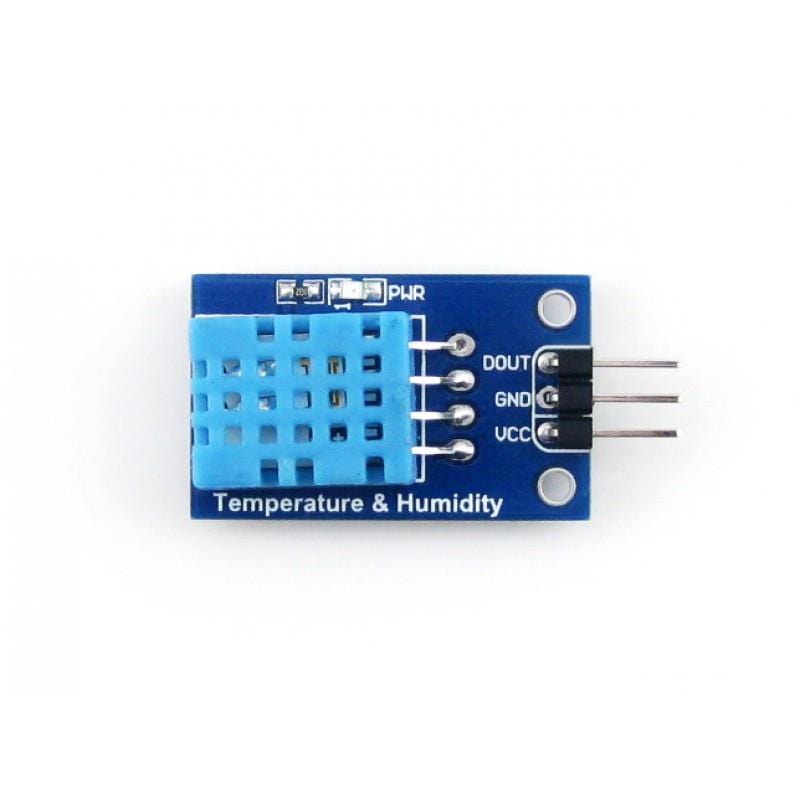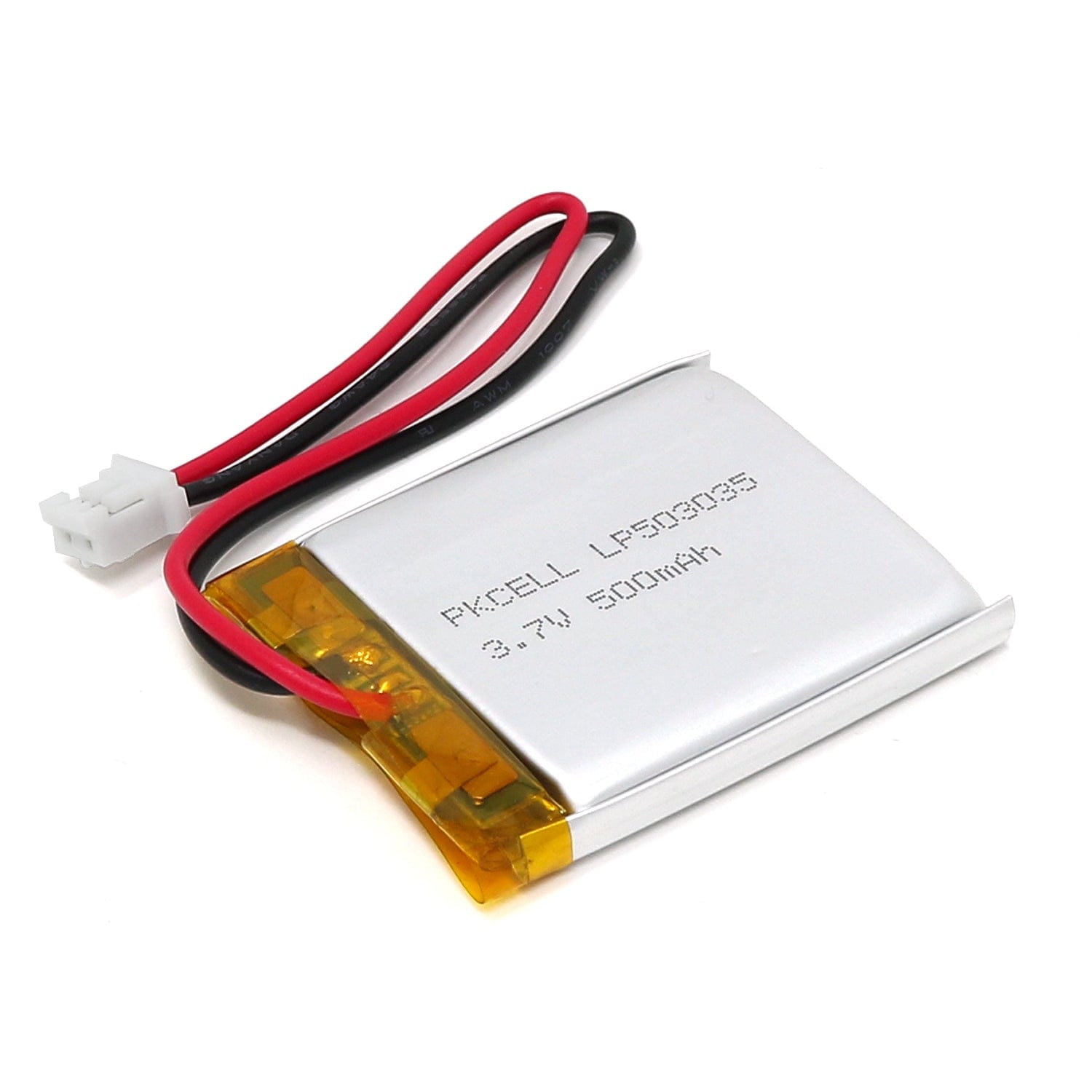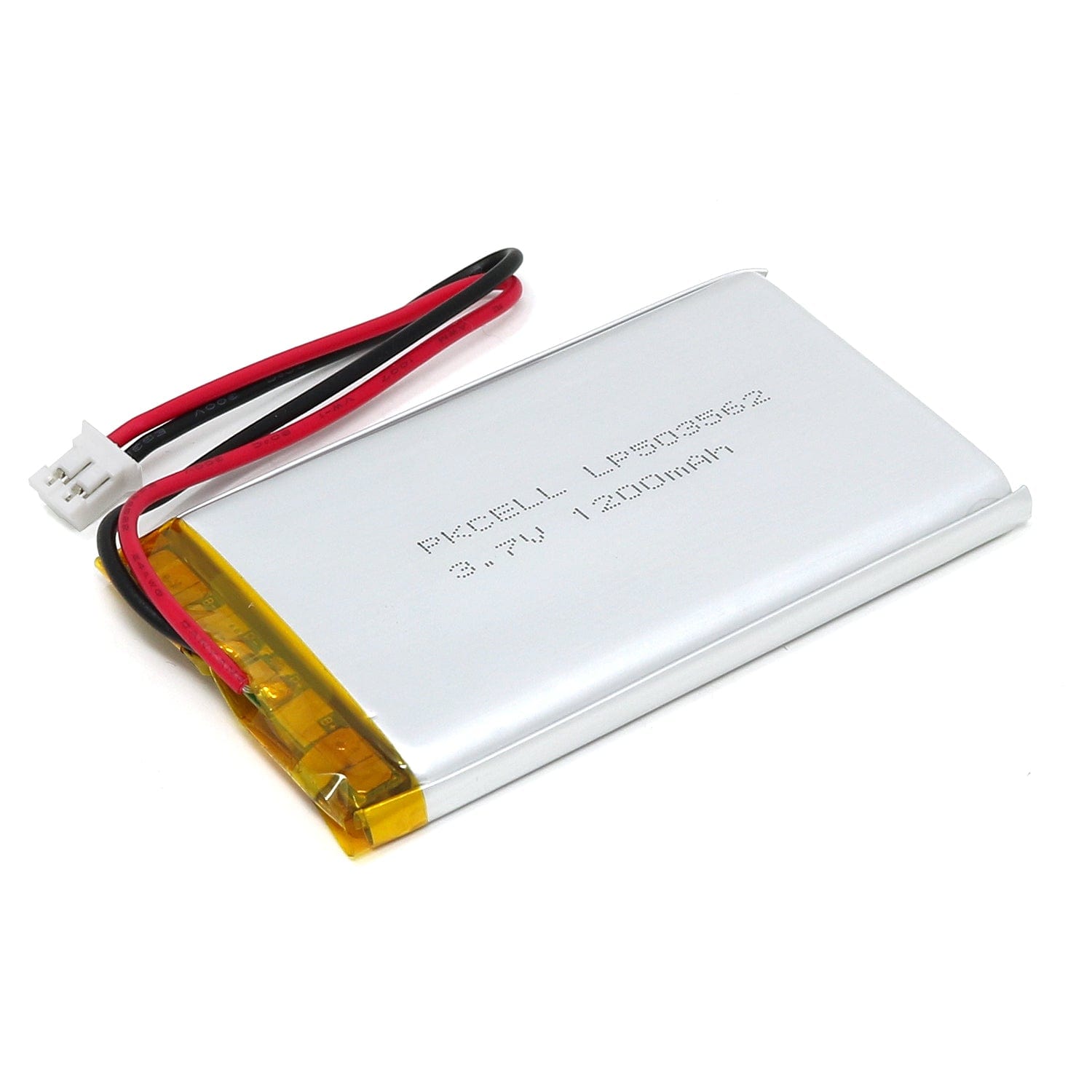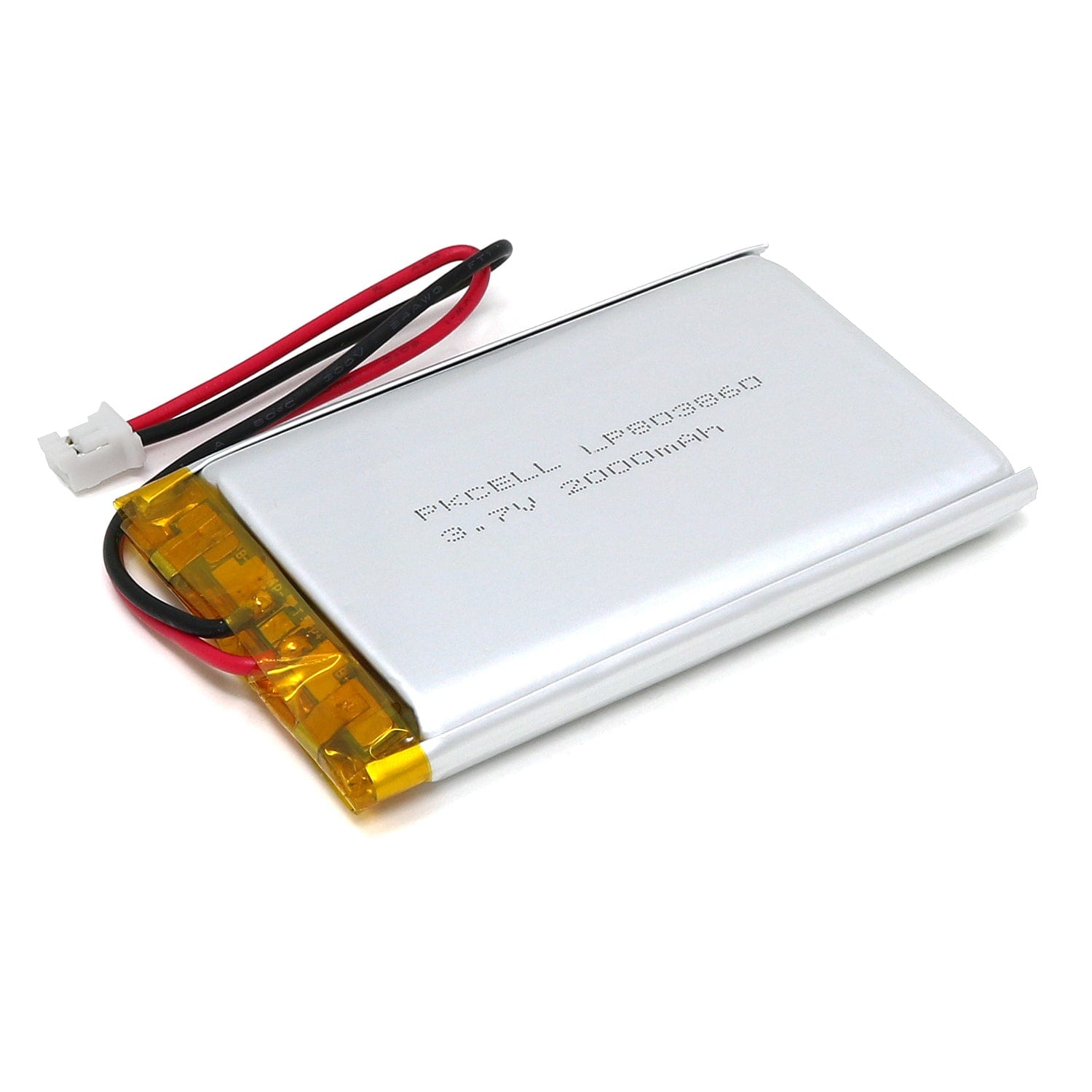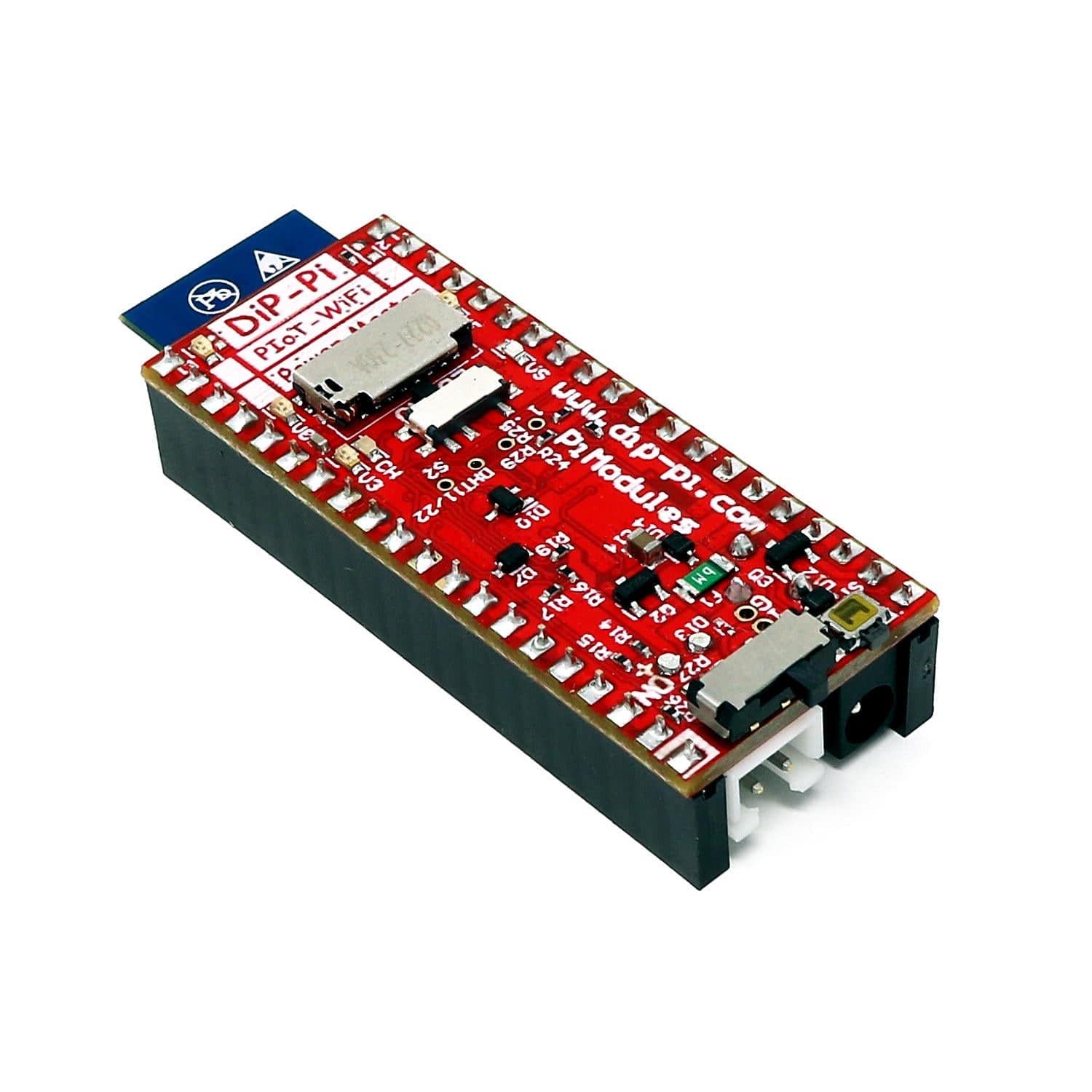
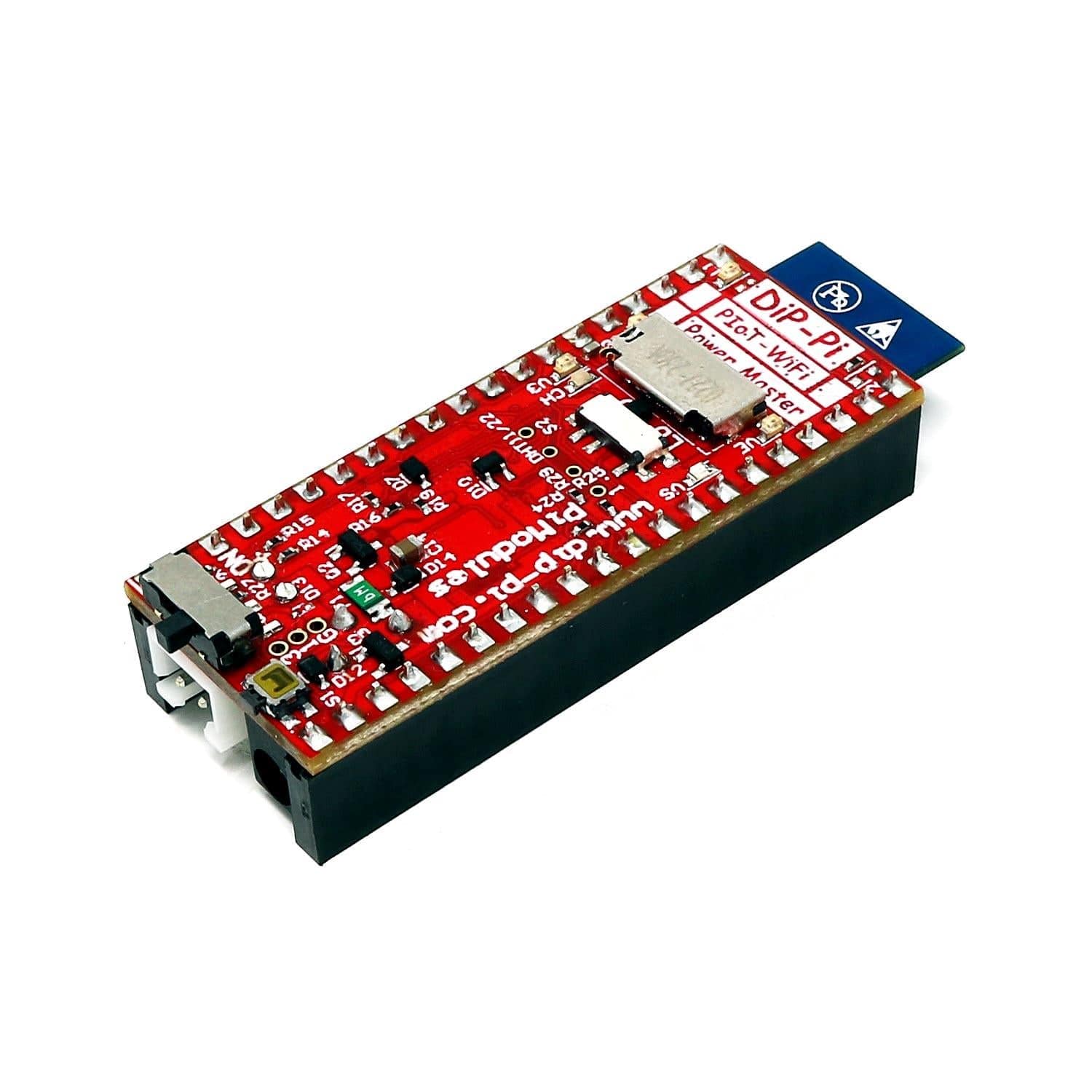
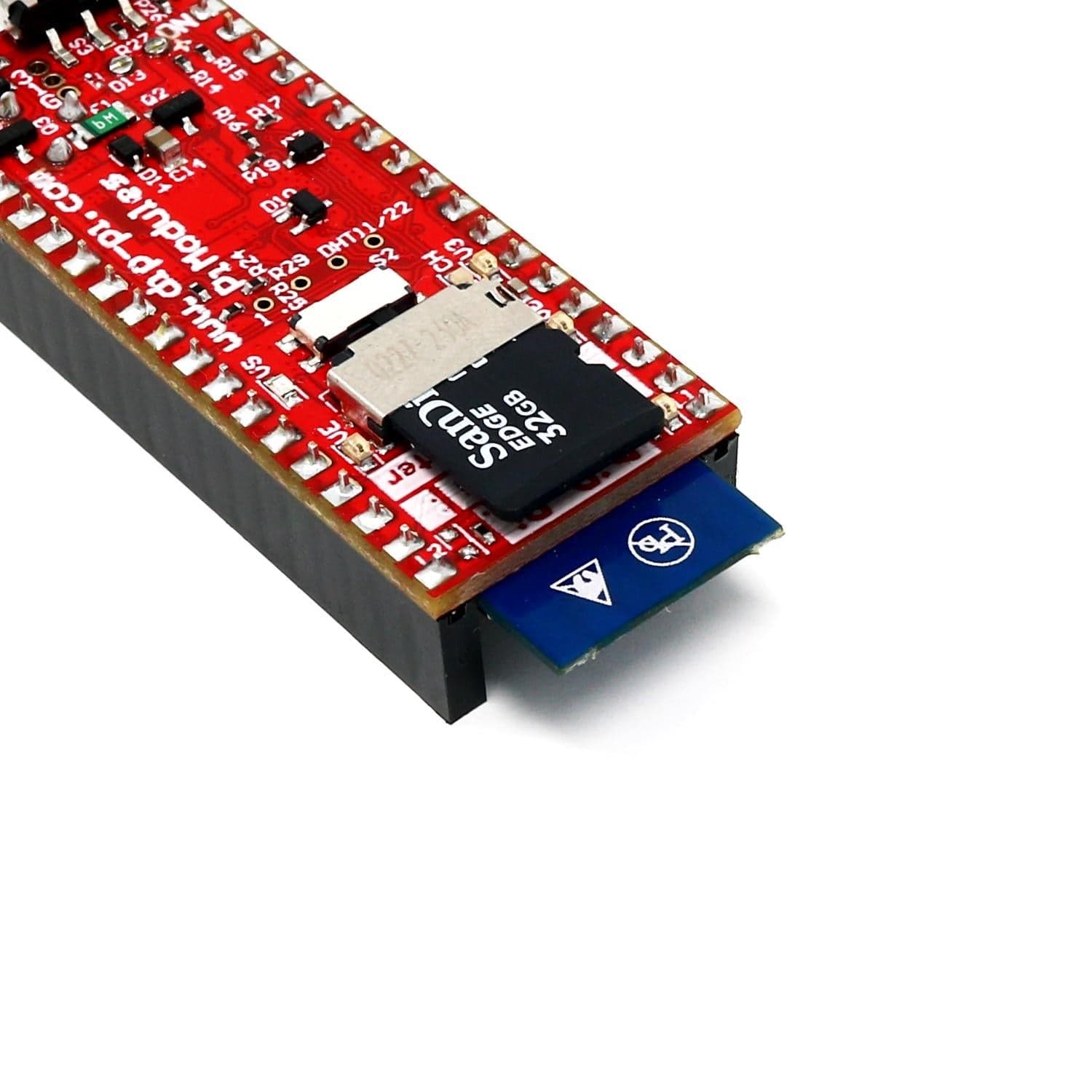
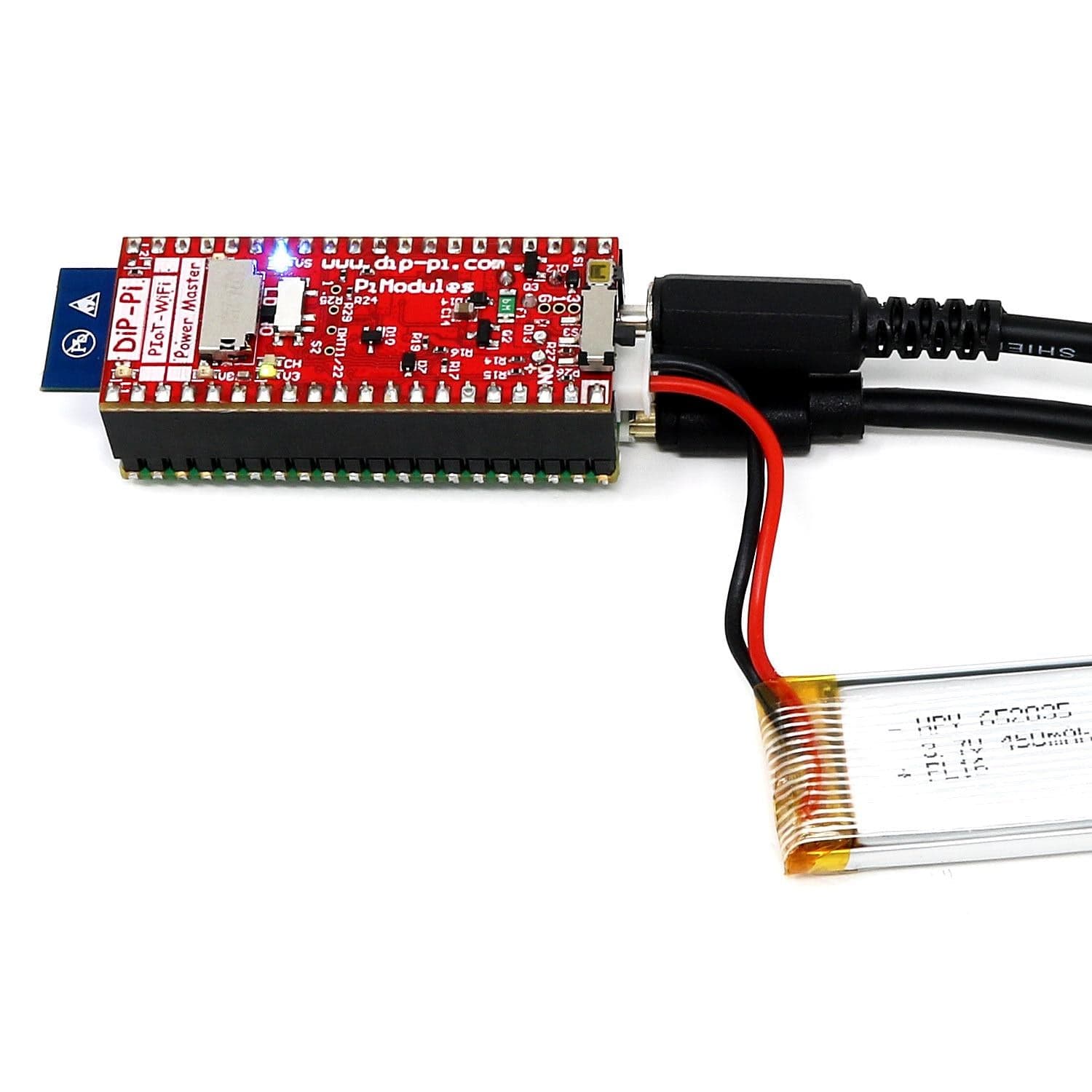
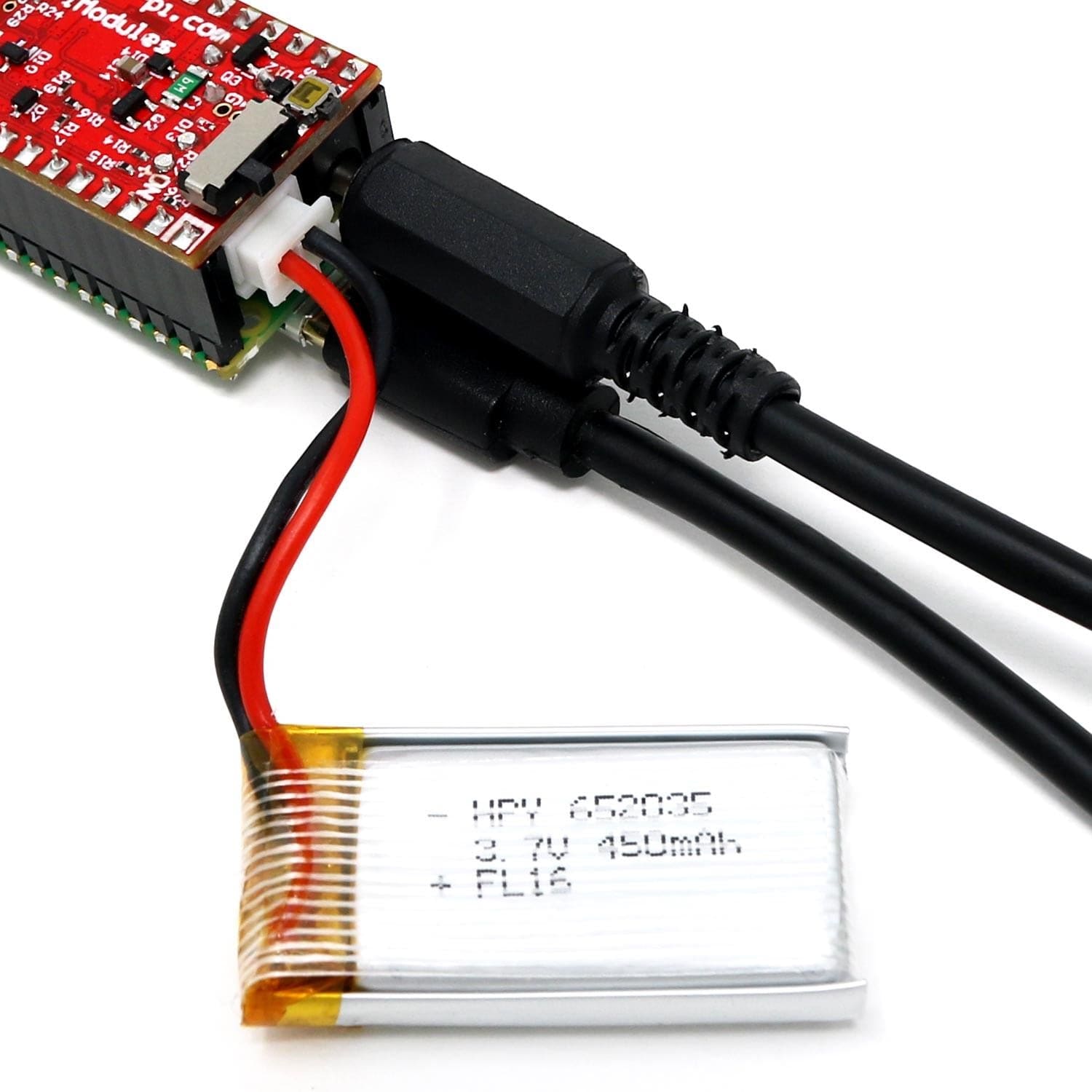
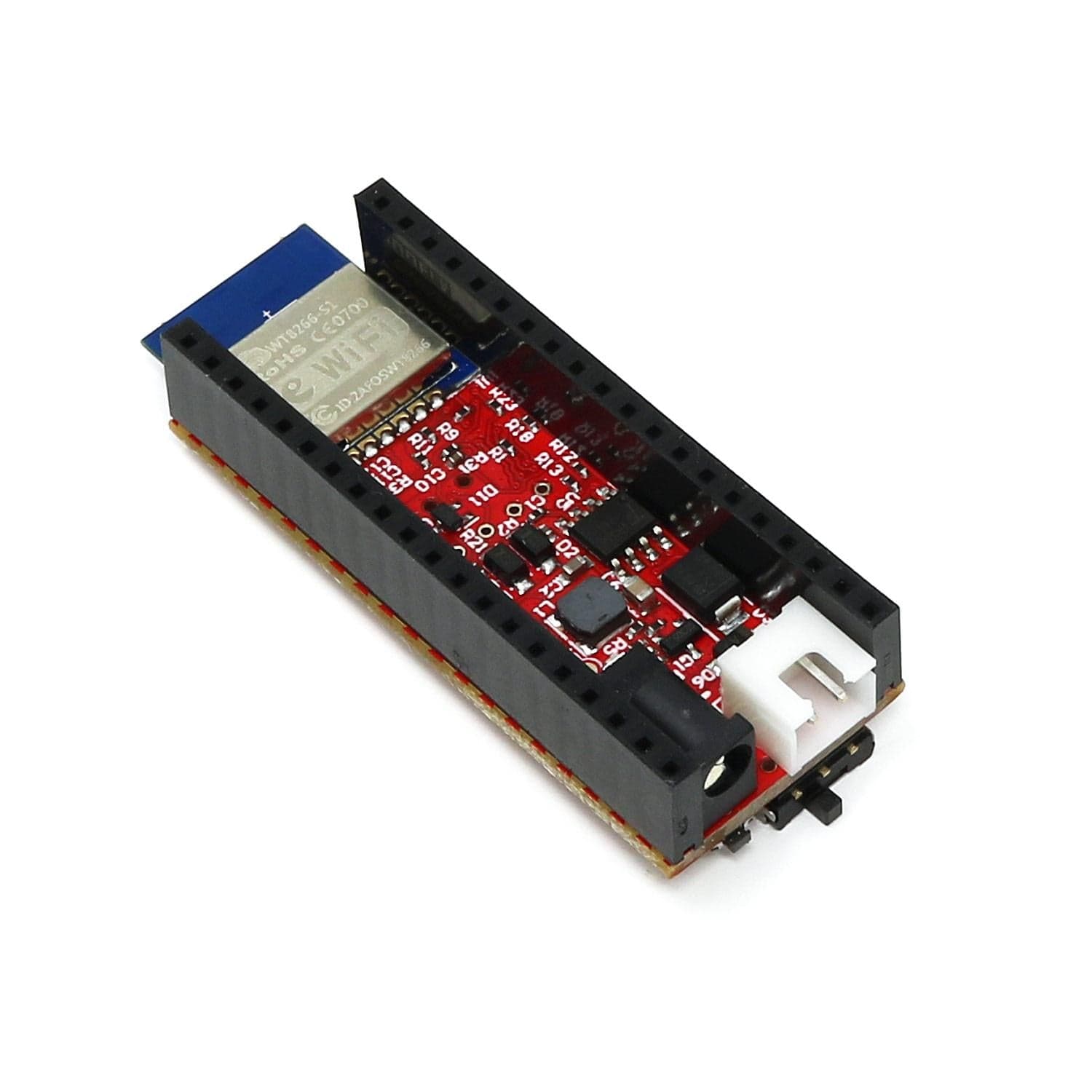
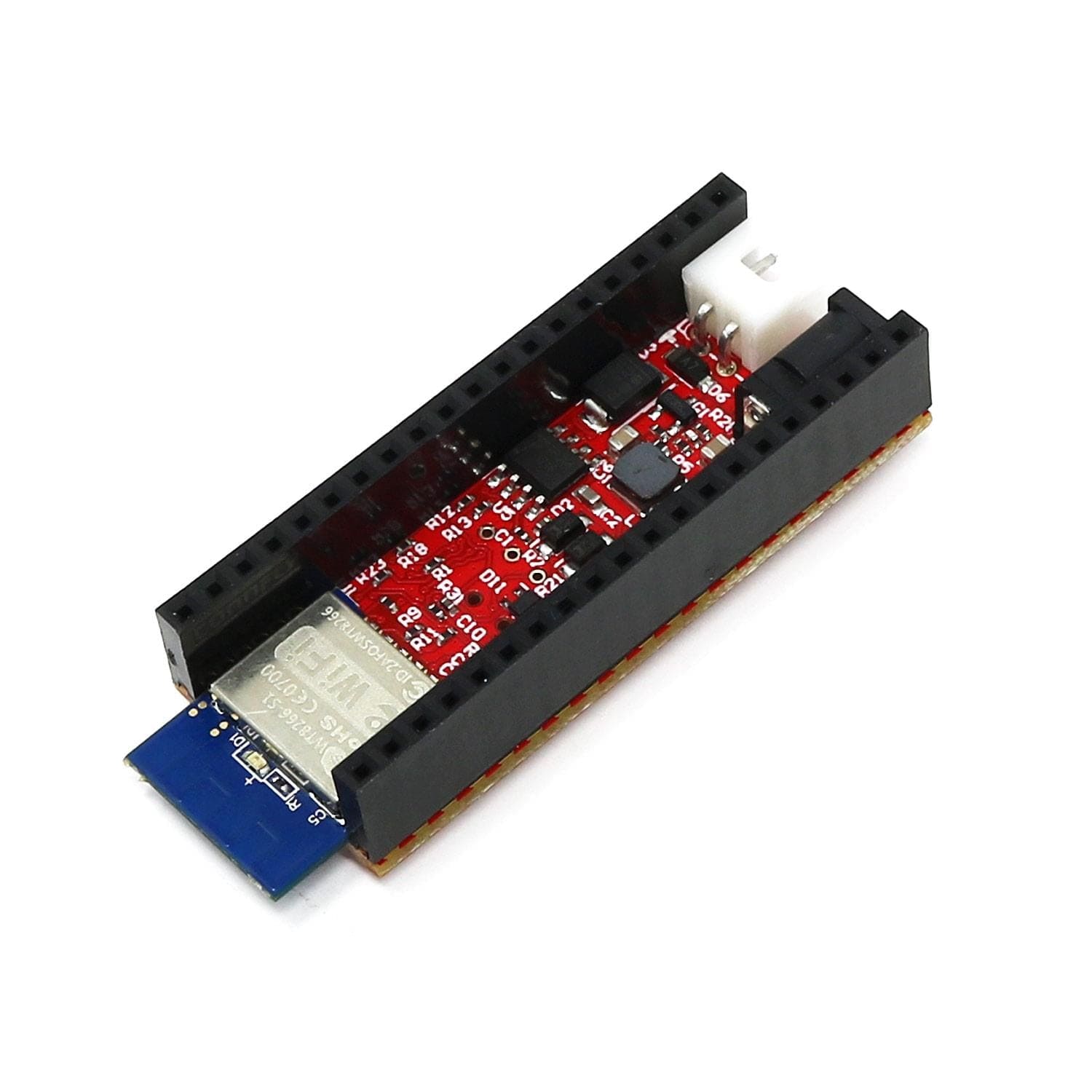
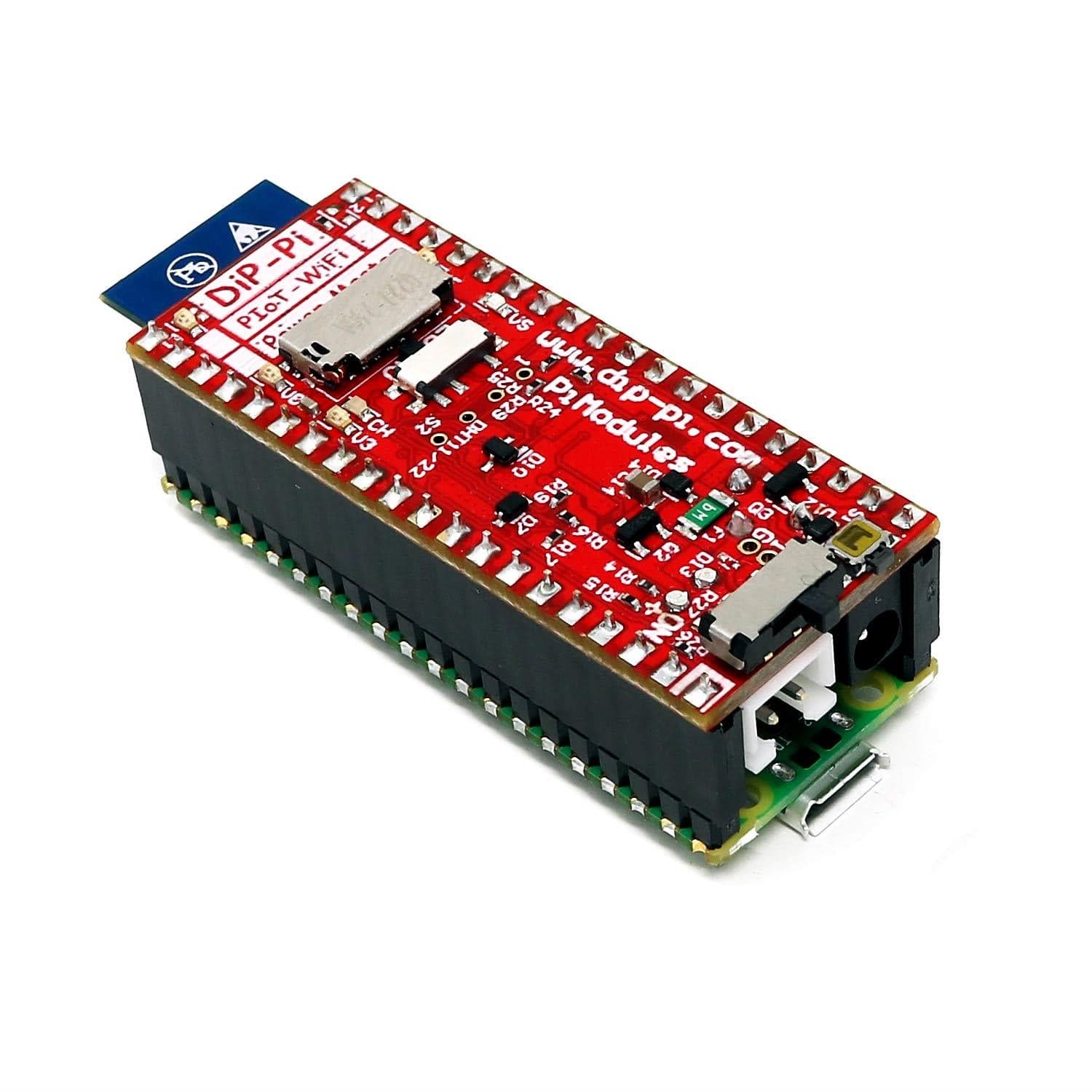
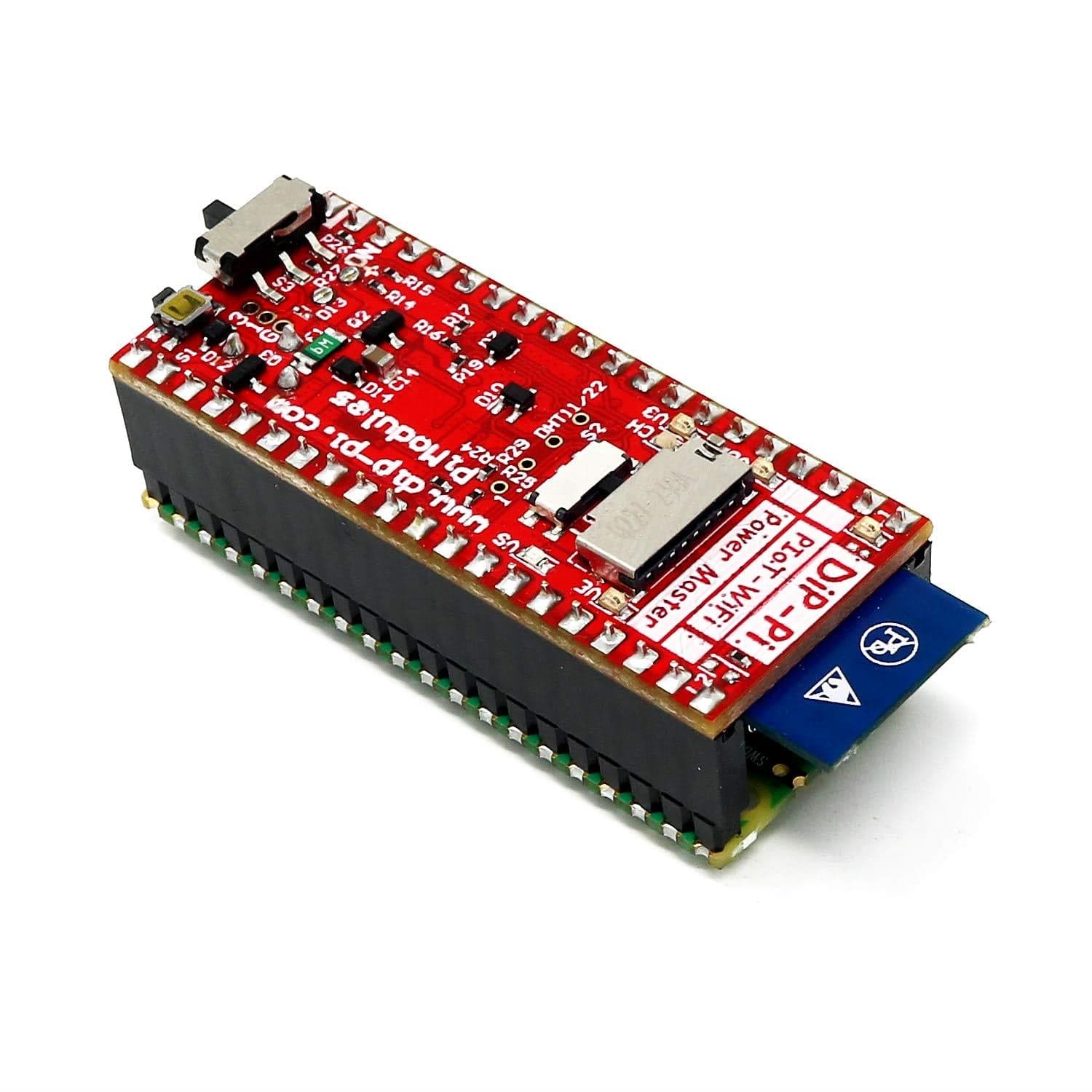
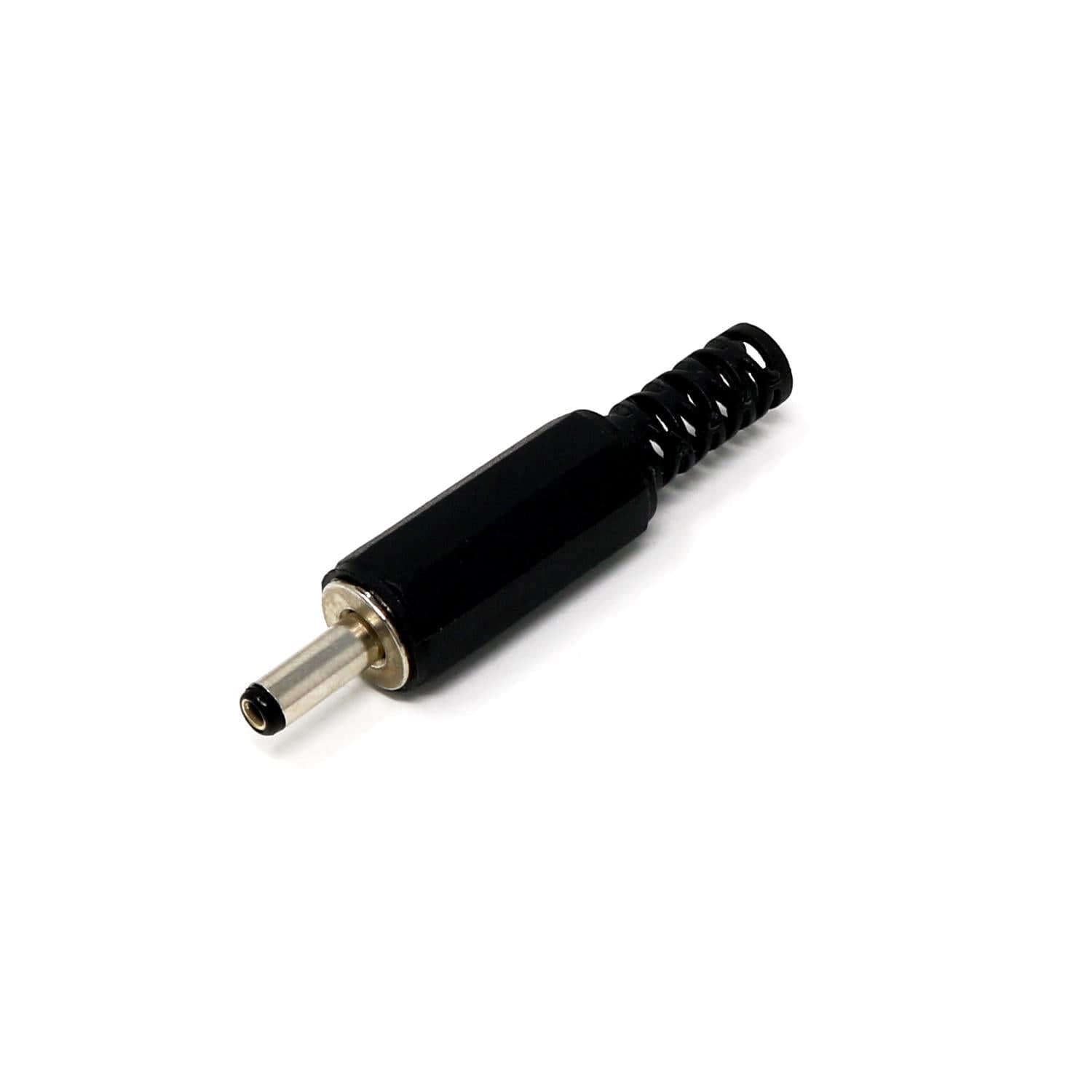
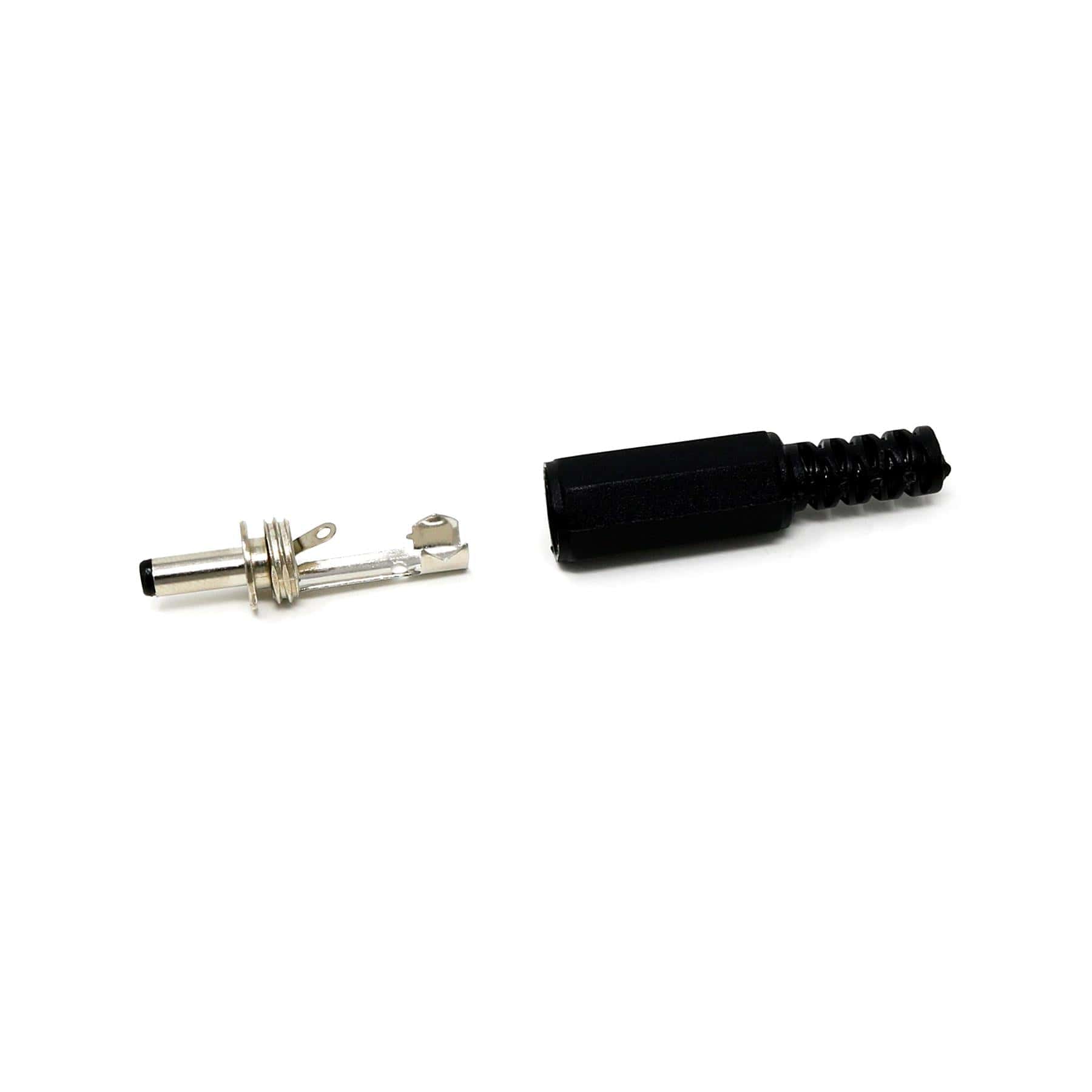
Login / Signup
Cart
Your cart is empty
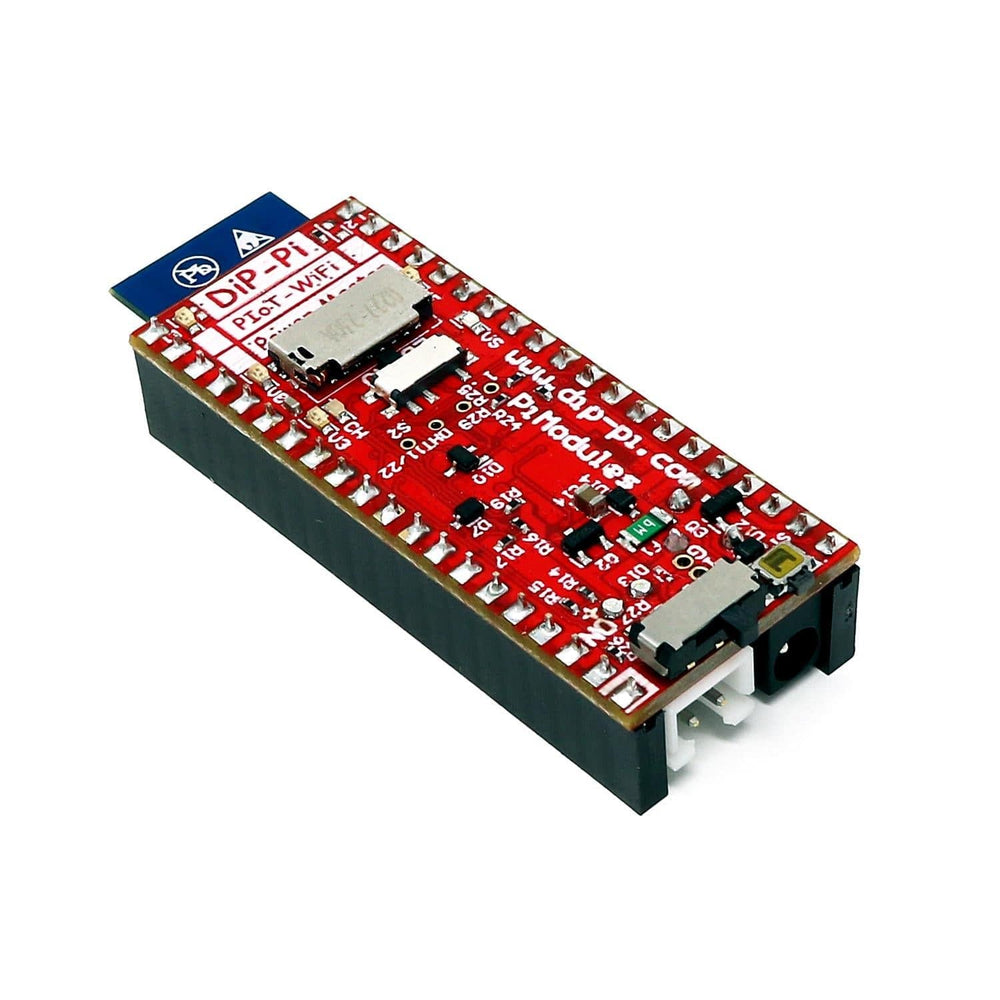
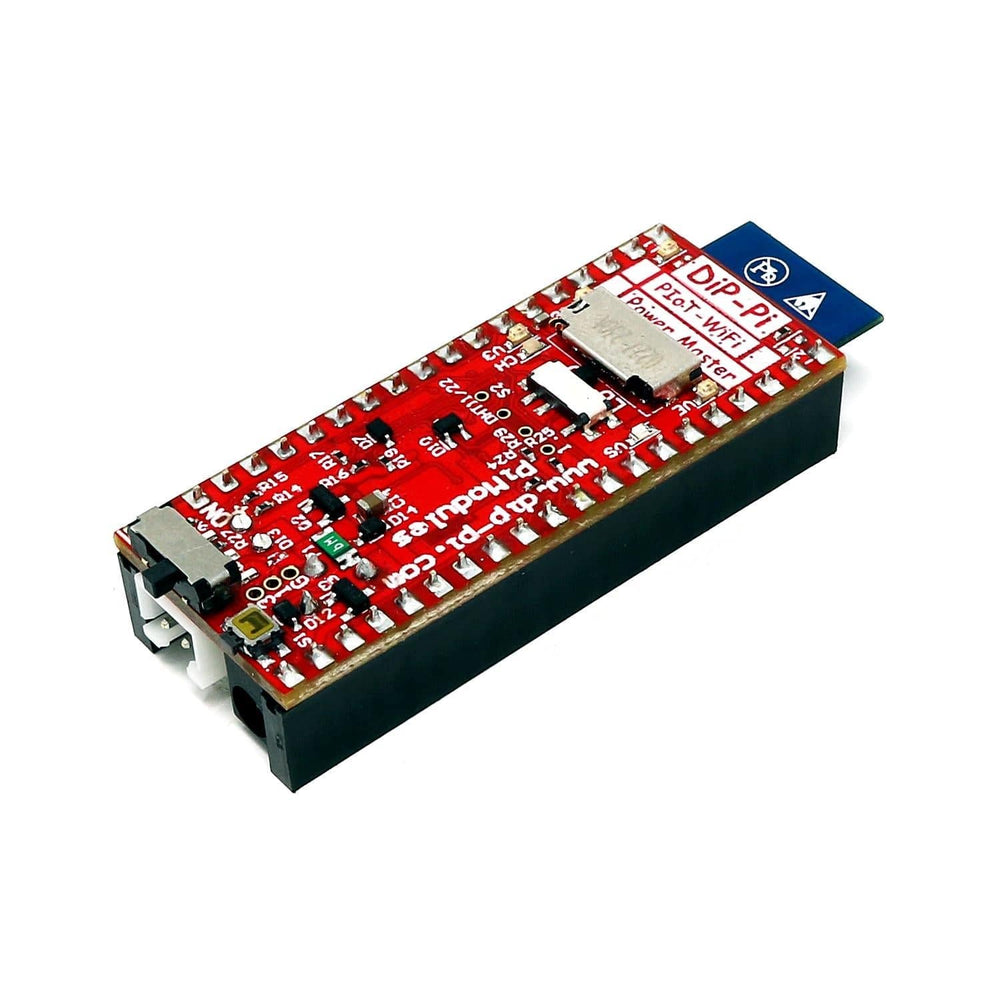
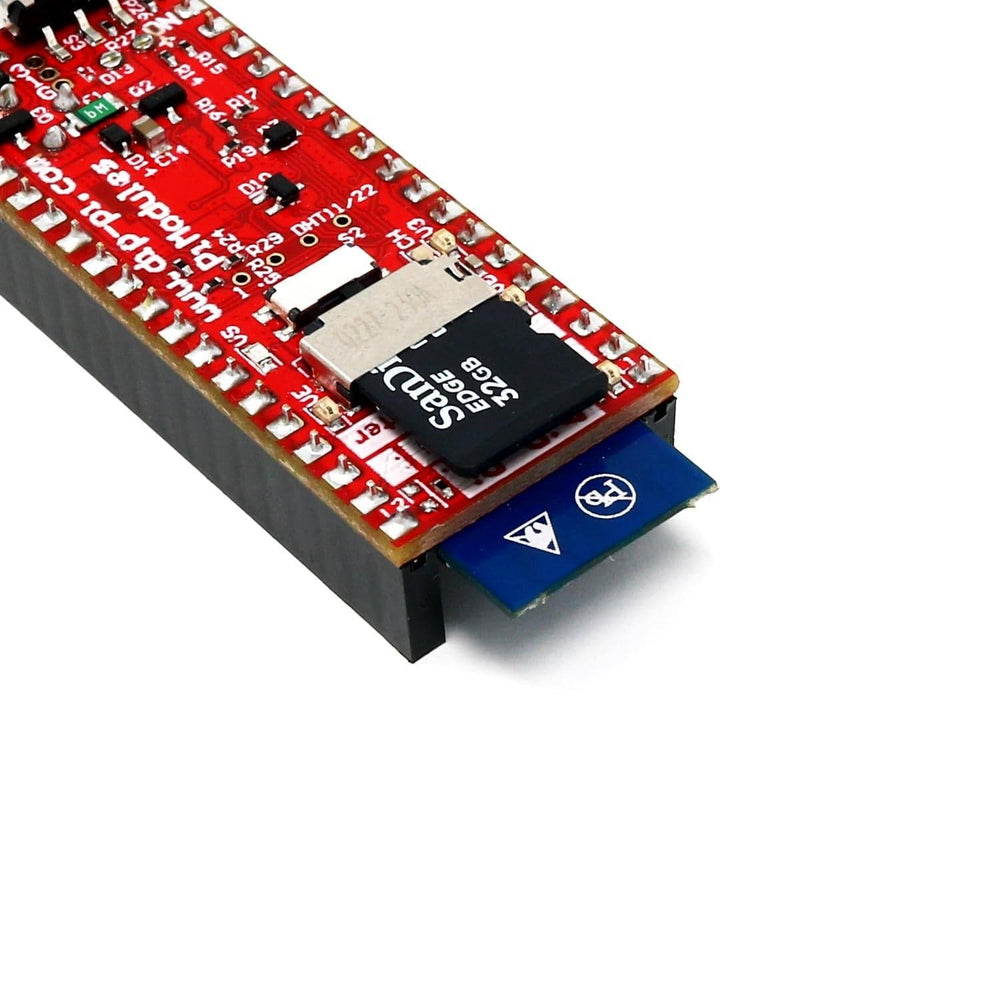
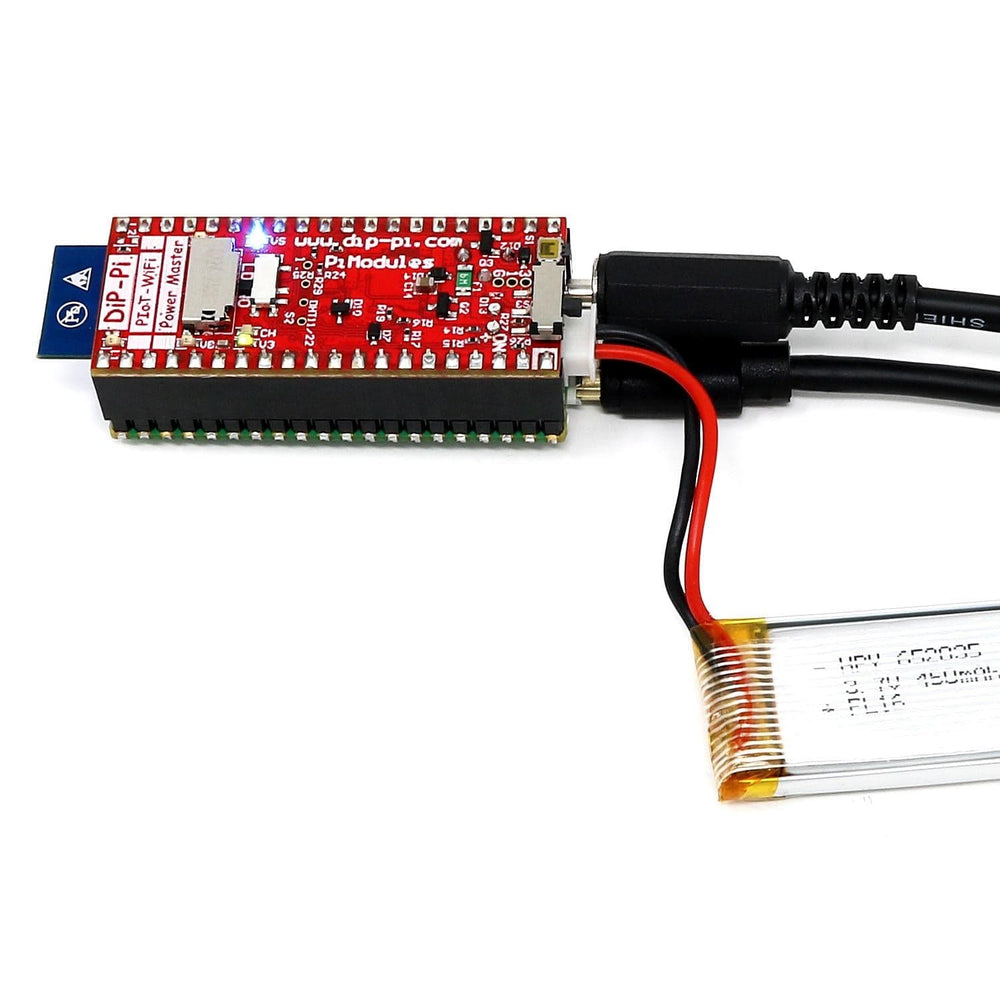
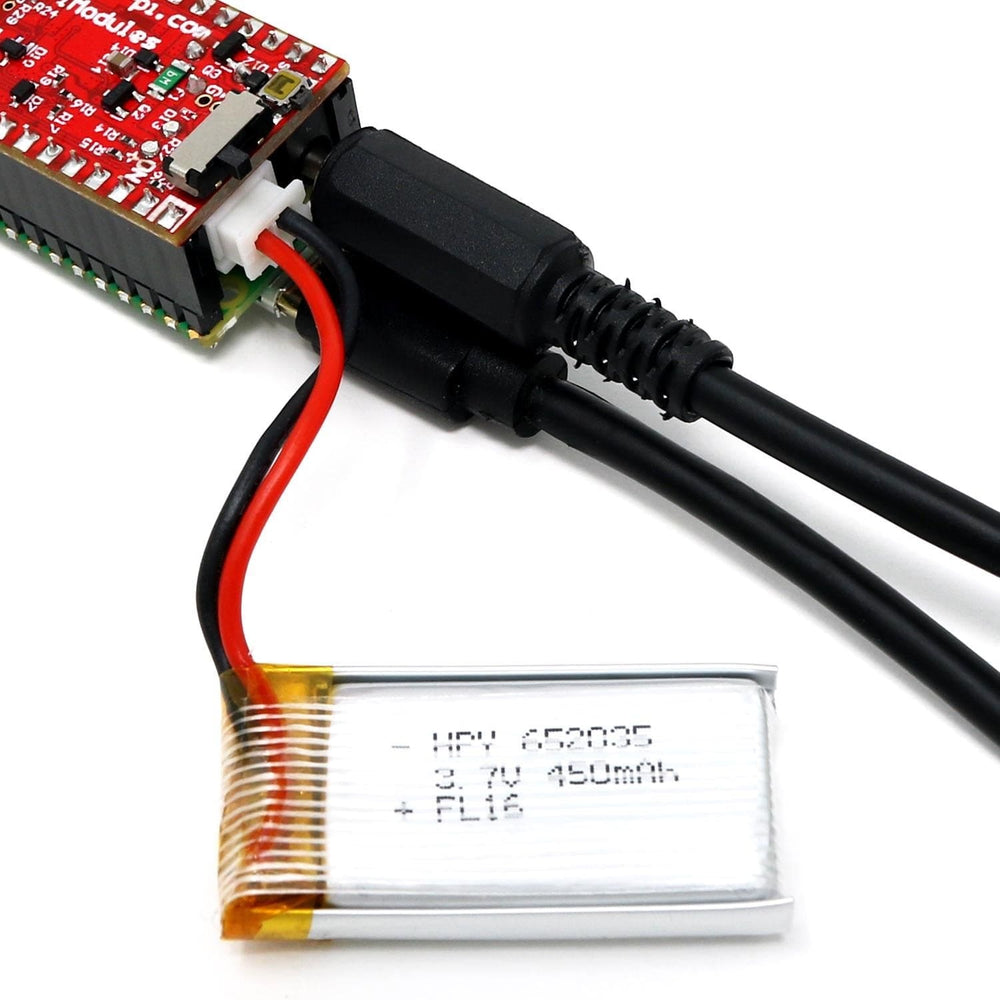
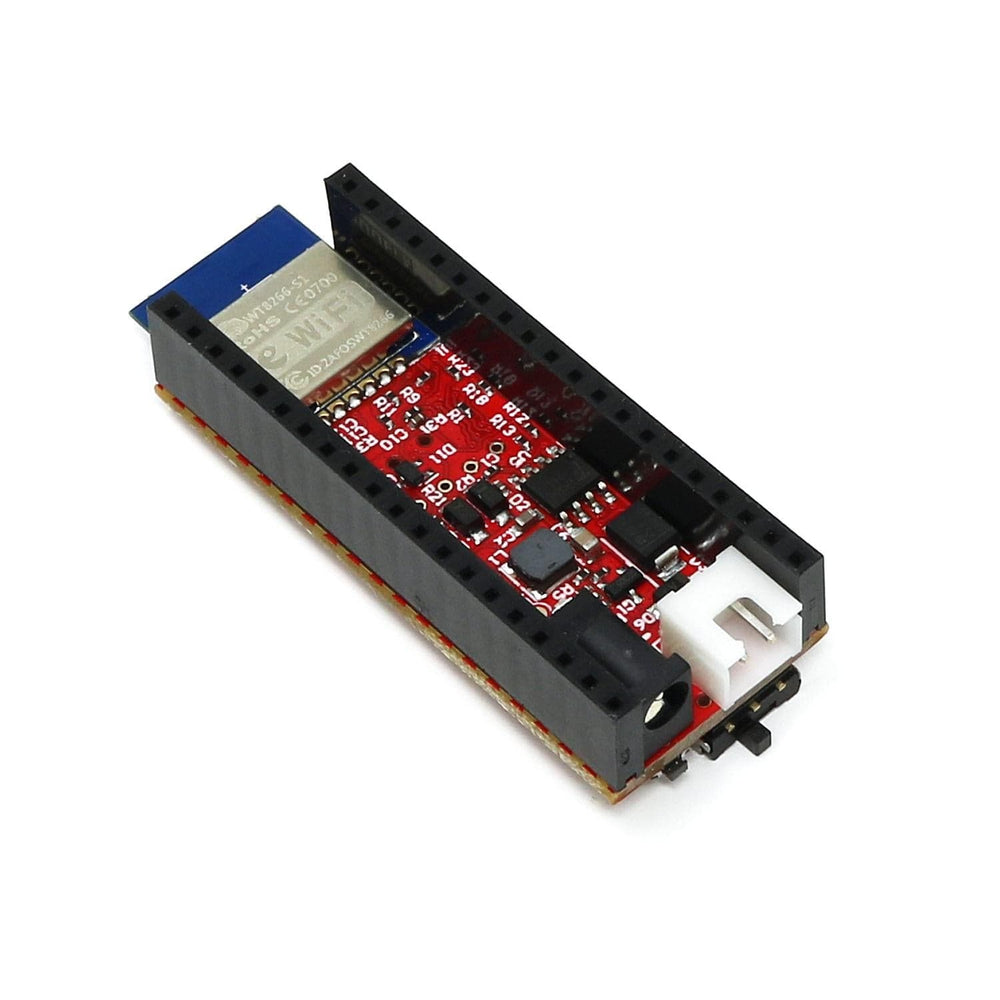
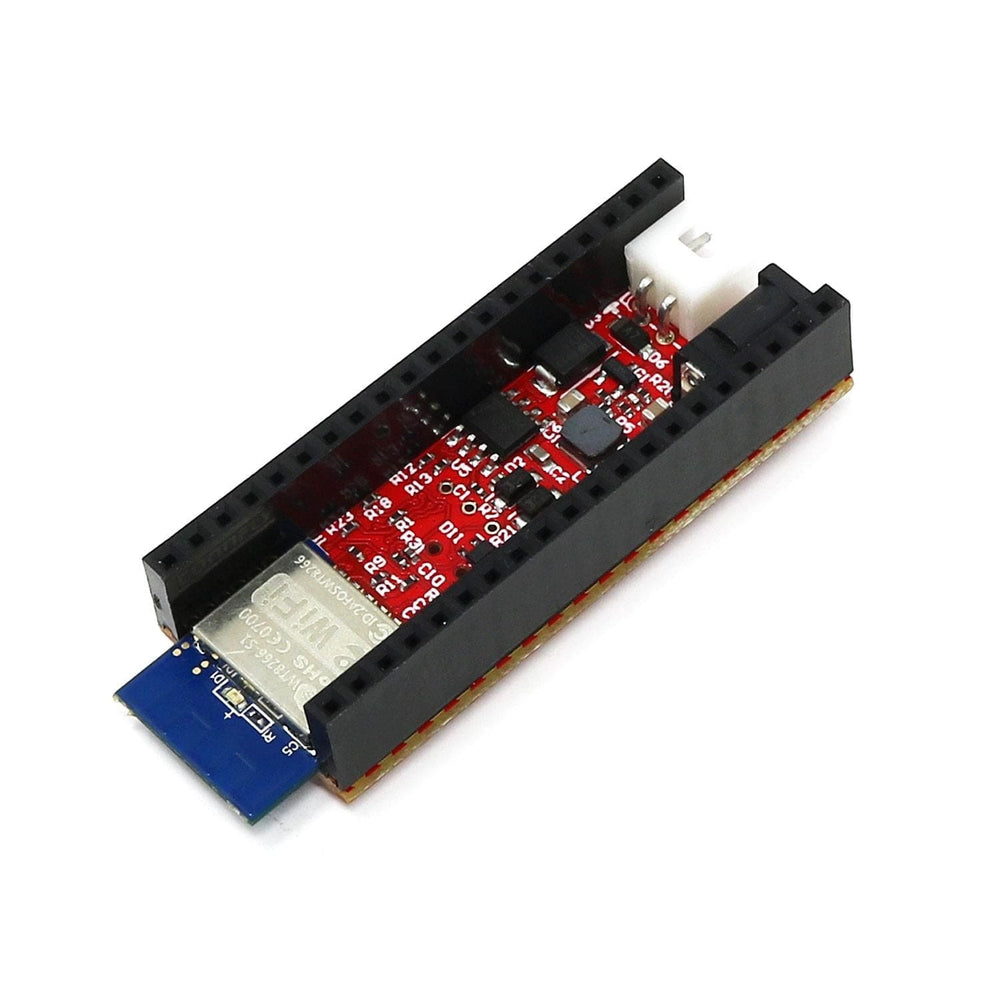
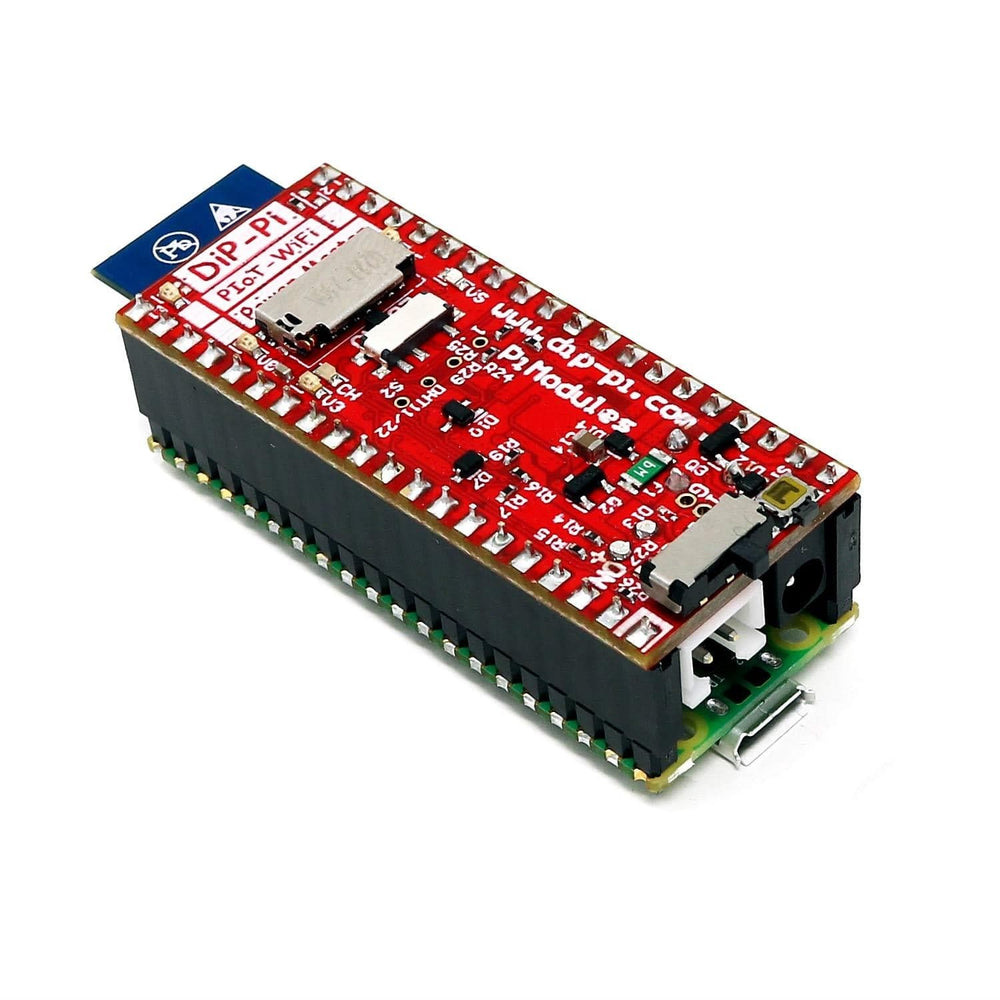
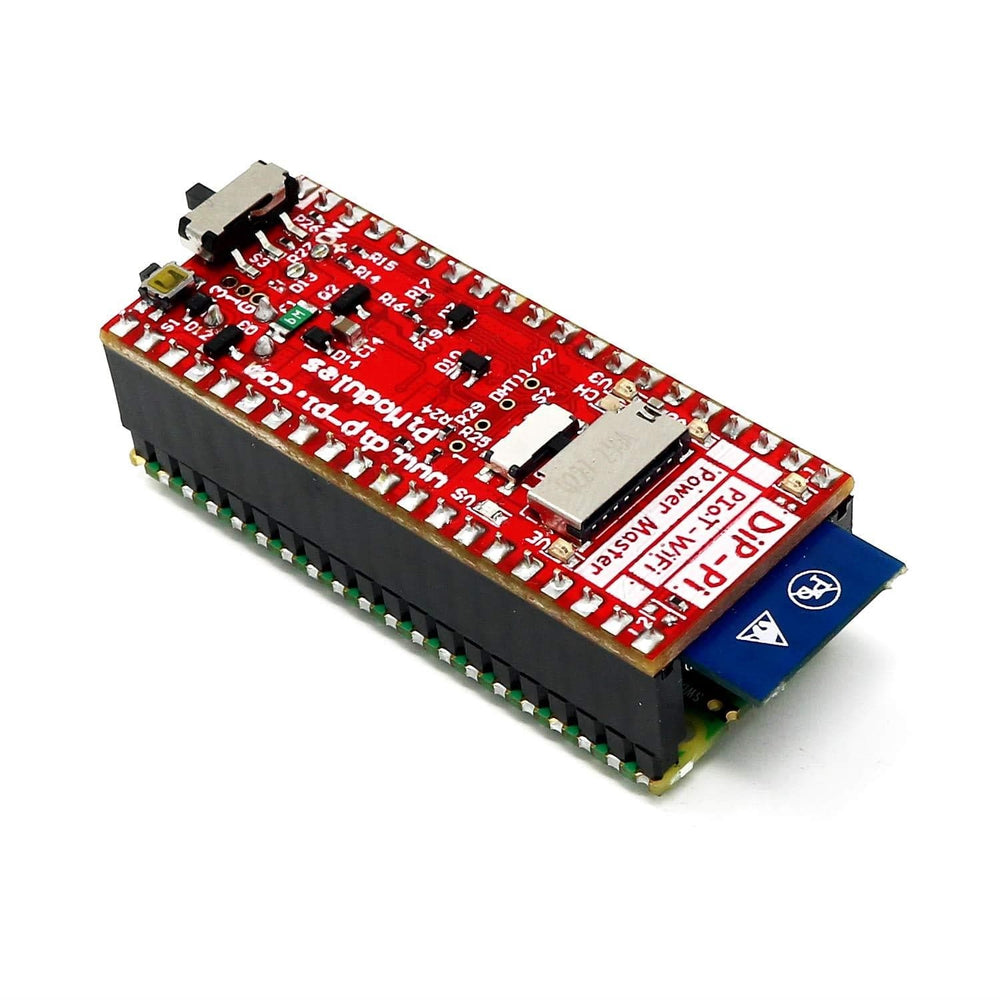
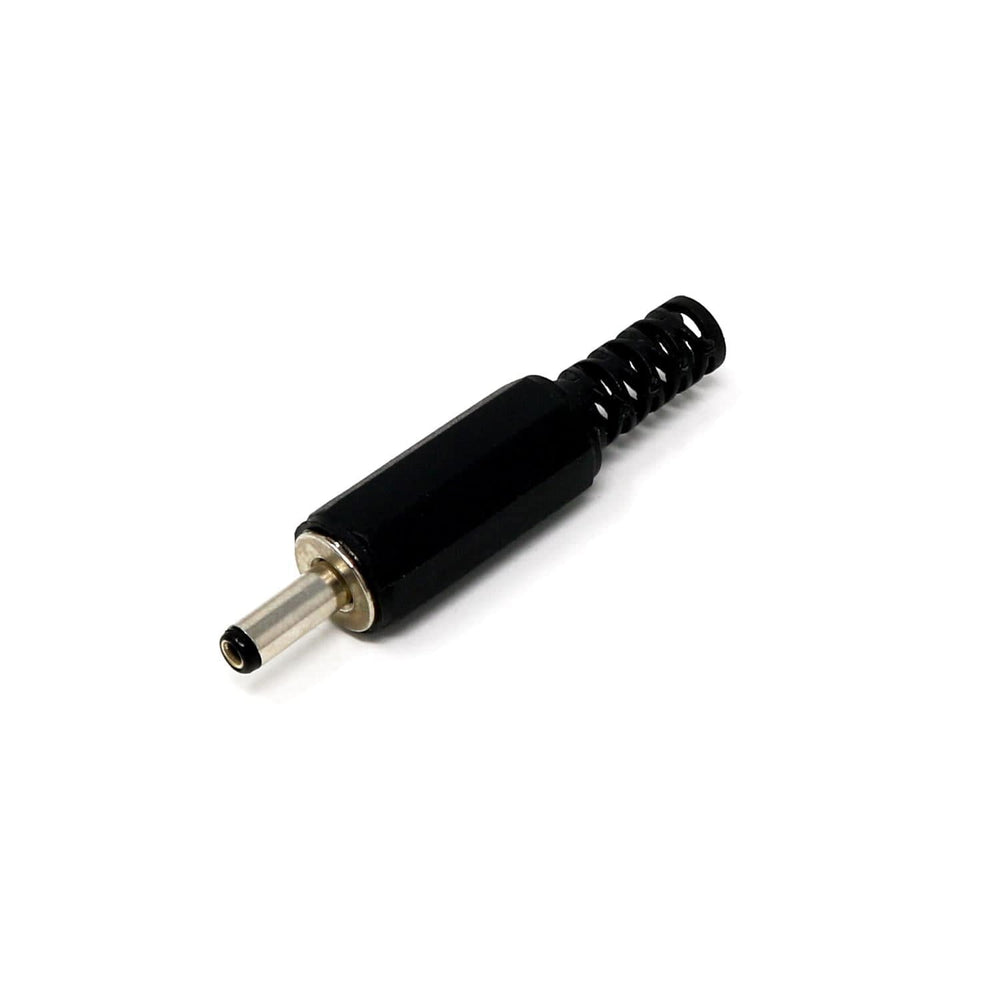
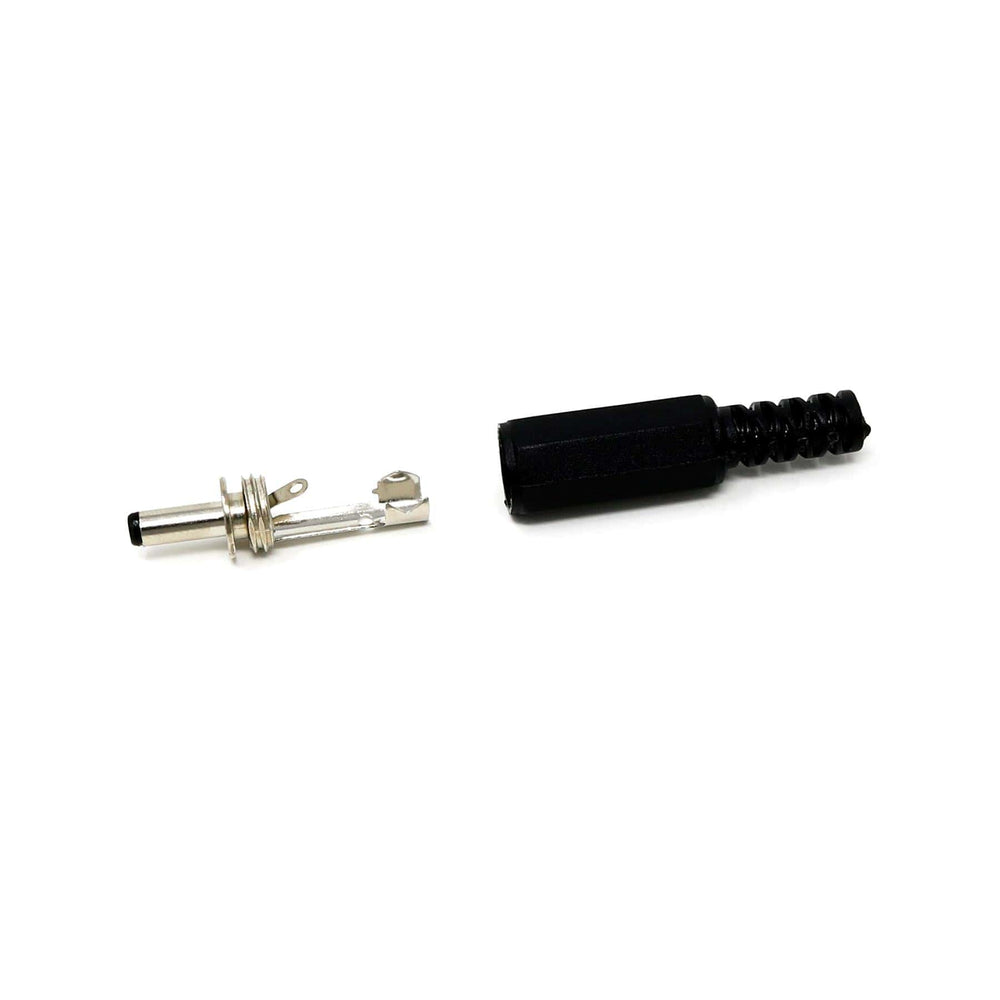
The DiP-Pi PIoT is an advanced Internet of Things (IoT) add-on board for the Raspberry Pi Pico offering a wide range of power input options, onboard LiPo/Li-Ion battery charging, ESP8266 WiFi connectivity, MicroSD card slot, sensor interfaces, a reset button and more!
It's everything a Raspberry Pi Pico IoT project could need (and more)! DiP-Pi PIoT - Dual In-line Package Powered IoT!
There are currently two other versions of the DiP-Pi available in the range - the DiP-Pi Power Master and the DiP-Pi WiFi Master. The quick comparison table below explains the headline feature differences:
| Key Feature | PIoT | Power Master | WiFi Master |
| 6-18V Power Input (EPR) | Yes | Yes | - |
| Battery Power/Charging | Yes | Yes | - |
| Onboard ESP8266 WiFi | Yes | - | Yes |
| MicroSD Slot | Yes | - | Yes |
| 1-wire Interface | Yes | Yes | Yes |
| DHT22/21 Interface | Yes | Yes | Yes |
| Humidity/Temp Sensor Interface | Yes | Yes | Yes |
The PIoT has an Extended Powering System (EPR) which can supply the system with up to 1.5A 4.8V (perfect for the Pico) delivered from a 6-18 VDC input - a nice wide input range making it suitable for use with batteries, vehicle power supplies, Industrial PSUs and more - or simply power via the Pico's micro-USB port if other sources aren't required.
The module supports LiPo or Li-Ion batteries with automatic charging when moving between power sources (UPS functionality) or when a wired power source is lost. The Extended Powering Source (EPR) is protected with a PPTC resettable fuse, reverse polarity protection and also ESD protection.
Users can use any capacity of LiPo or Li-Ion battery, however you must use PCB protected batteries with max discharge current of 2A. Each power source status is indicated by separate informative LEDs (VBUS, VSYS, VEPR, CHGR, V3V3).
The onboard battery charger will automatically charge a connected battery (if used). In addition, you can switch the charger ON/OFF if required for your application. The PIoT can be used for cable powered IoT systems and also for pure battery-powered systems with ON/OFF options.
The embedded battery charger is set to charge the battery with a charging rate of 240mA. This rate of charge is set by a resistor which can be changed by experienced makers/professionals with the appropriate desoldering equipment and skills if required.
Users can monitor (via the Raspberry Pi Pico A/D pins) the battery level and EPR Level with the Pico's A/D converters. Both A/D inputs are bridged with 0402 resistors (0 OHM) therefore if for any reason you need to use those PICO pins for your own application, they can be removed by experienced makers/professionals with the appropriate desoldering equipment and skills.
The DiP-Pi PIoT is also equipped with a WiFi ESP8266 module with an embedded antenna. This feature opens a wide range of IoT applications for your projects and applications. Provided examples include a simple web server setup. Interaction with WiFi is performed via AT commands.
A microSD card slot is provided for storing your application's data or even for executable software for your Pico! The SD is managed via the Raspberry Pi recommended SPI interface.
In addition to all of the above features, the DiP-Pi PIoT is also equipped with an embedded 1-wire interface (pads), DHT11/22 sensor interface (pads). The 1-wire interface includes ESD protection and 4K7 resistor, and the DHT interface includes a 10k resistor.
The combination of the extended power input options, battery power option and sensor interfaces make the DiP-Pi PIoT ideal for IoT applications such as data loggers, plant monitoring, refrigerator monitoring and many, many more!
The DiP-Pi PIoT includes an embedded reset button for the Pico, alongside an on/off slide switch that works with all power sources (USB, EPR or Battery).
DiP-Pi PIoT is supported with plenty of ready to use examples written in Micro Python or C/C++.
Raspberry Pi Pico not included
For the full technical specification, including pinout, please click here.












